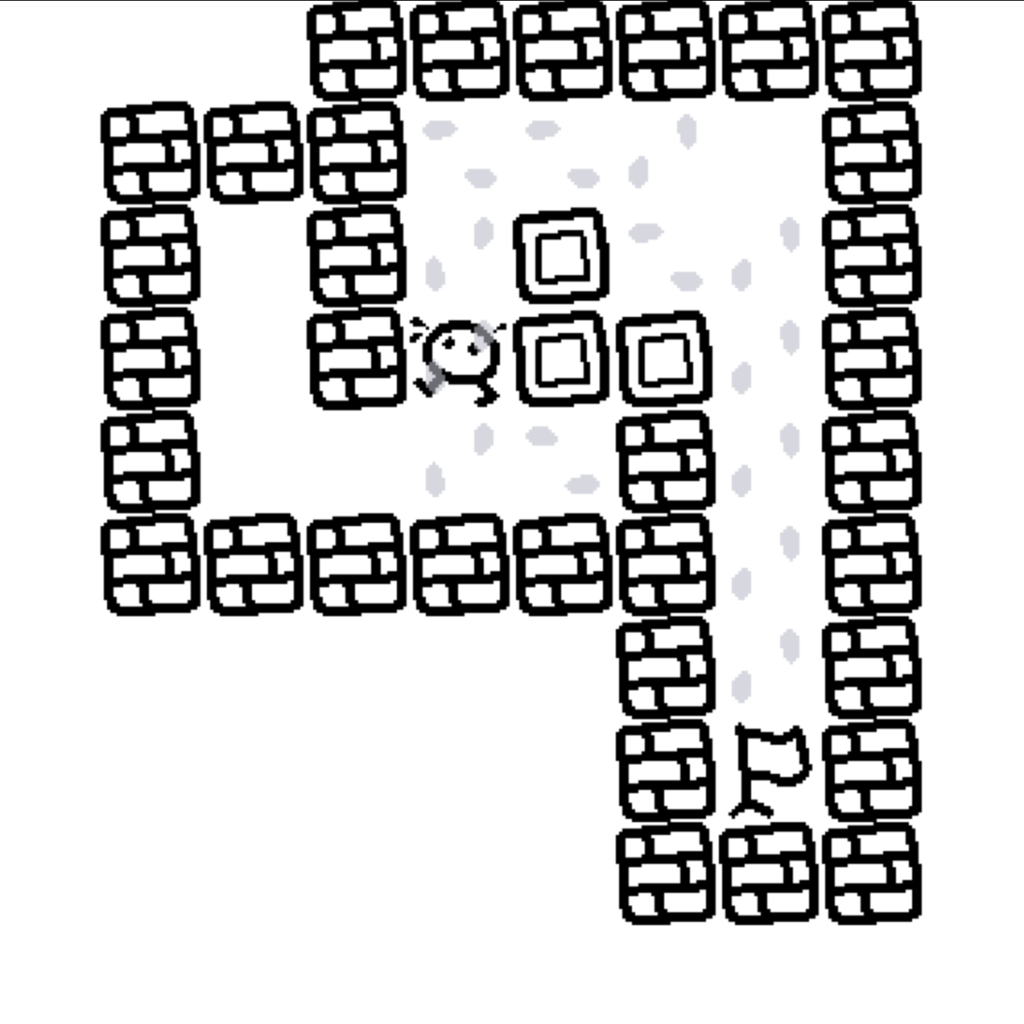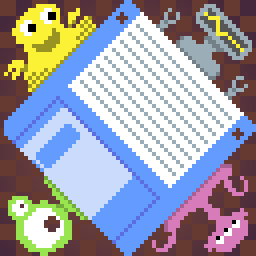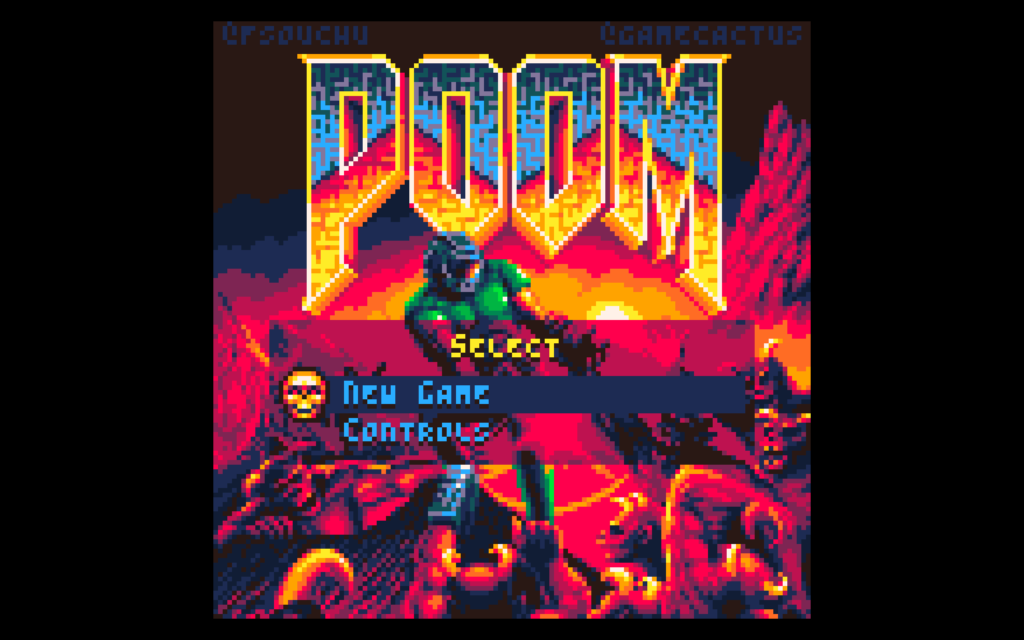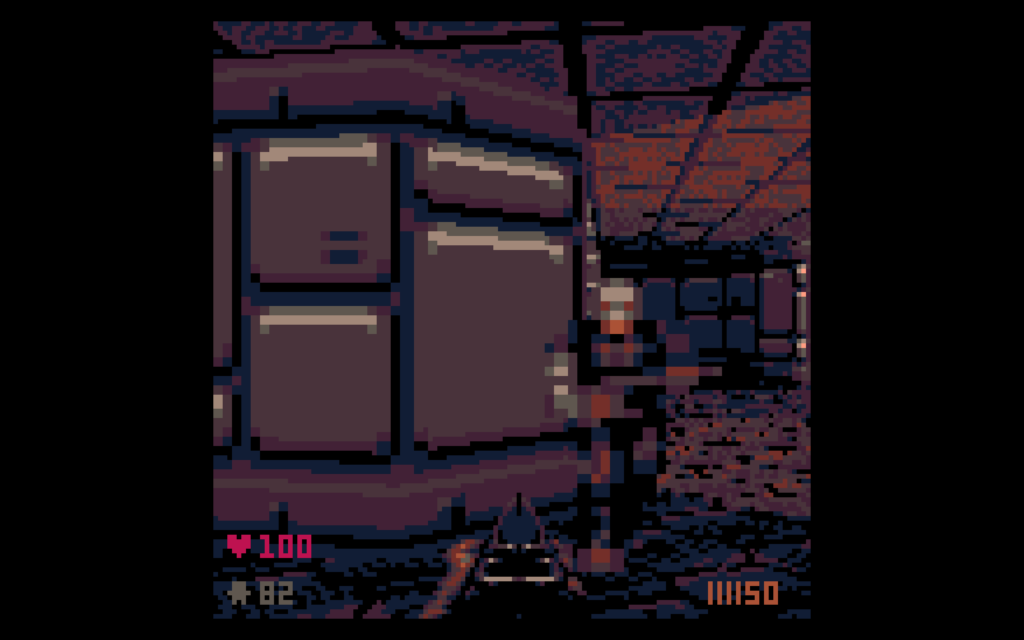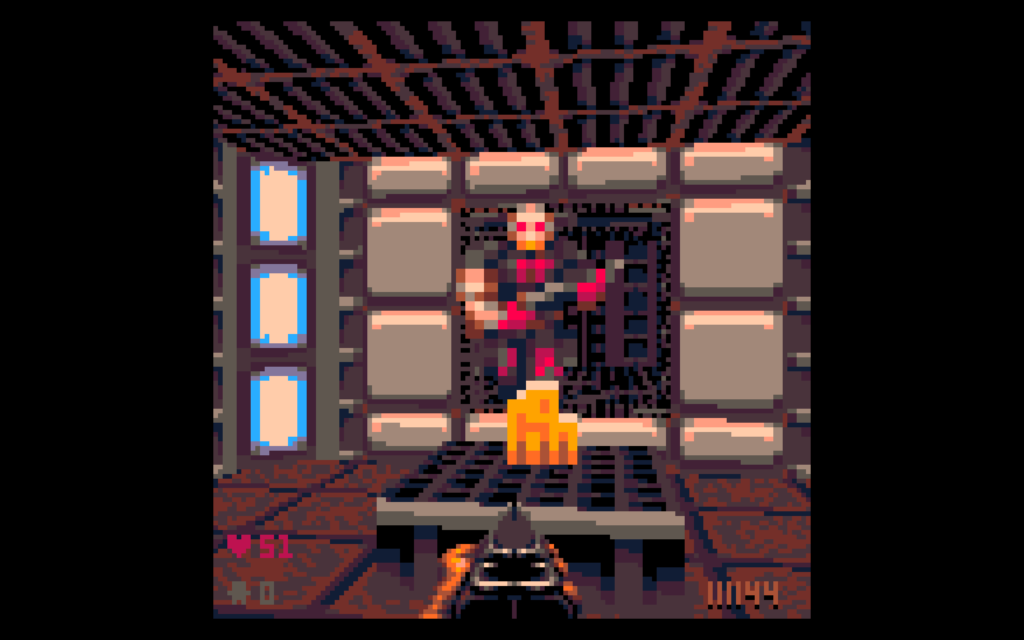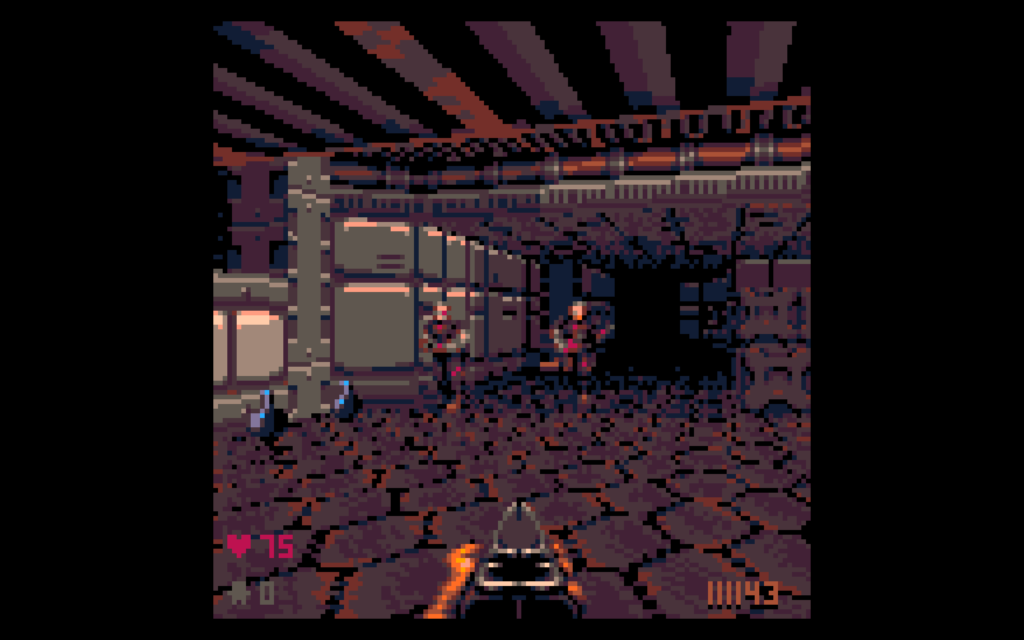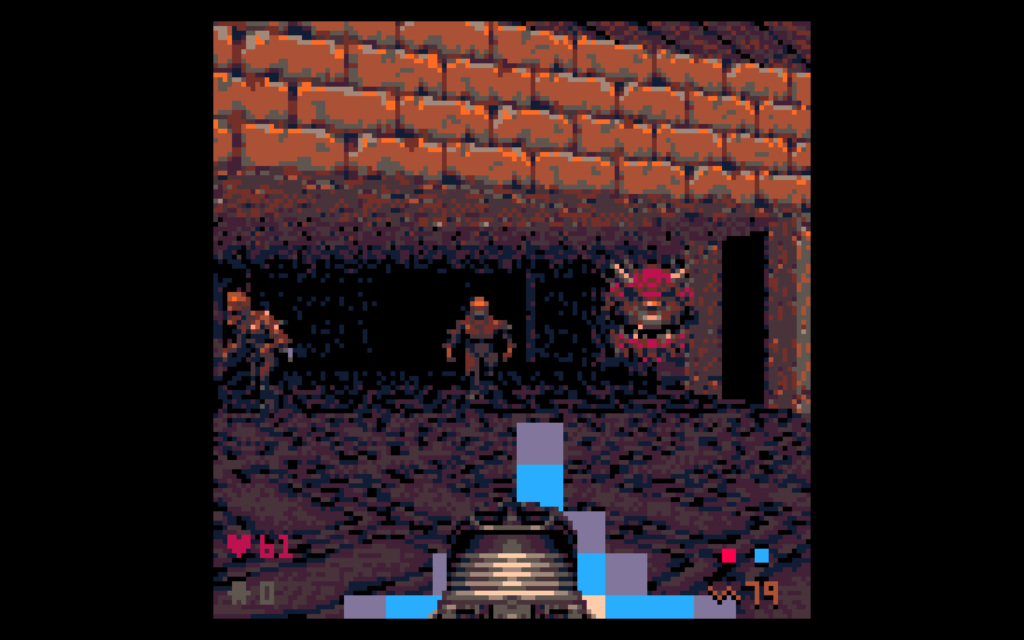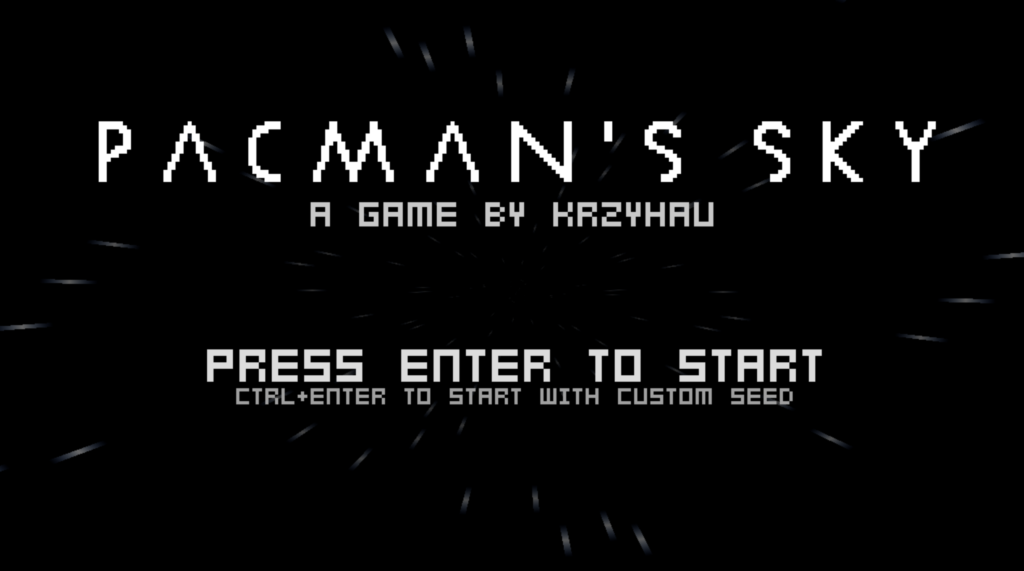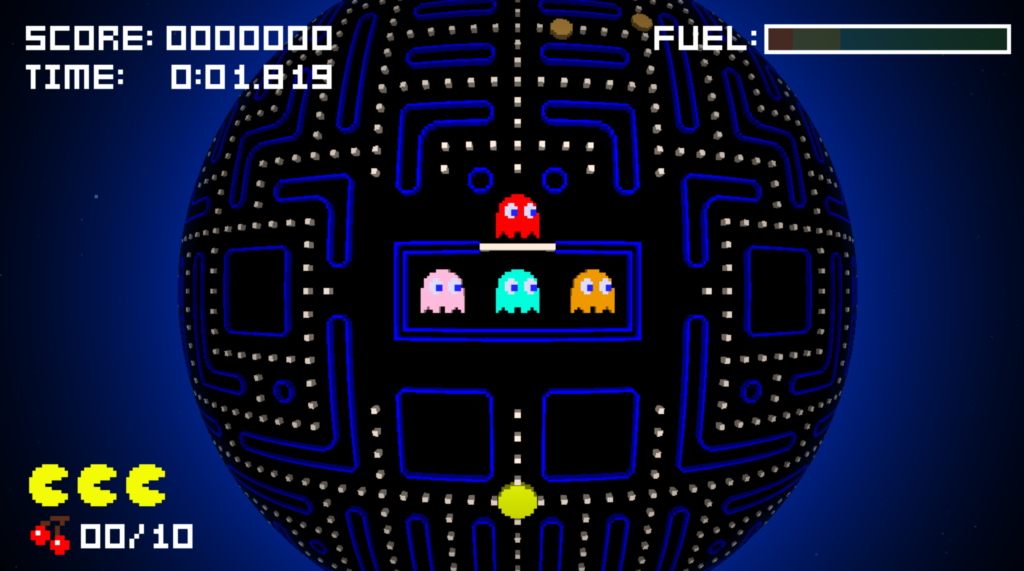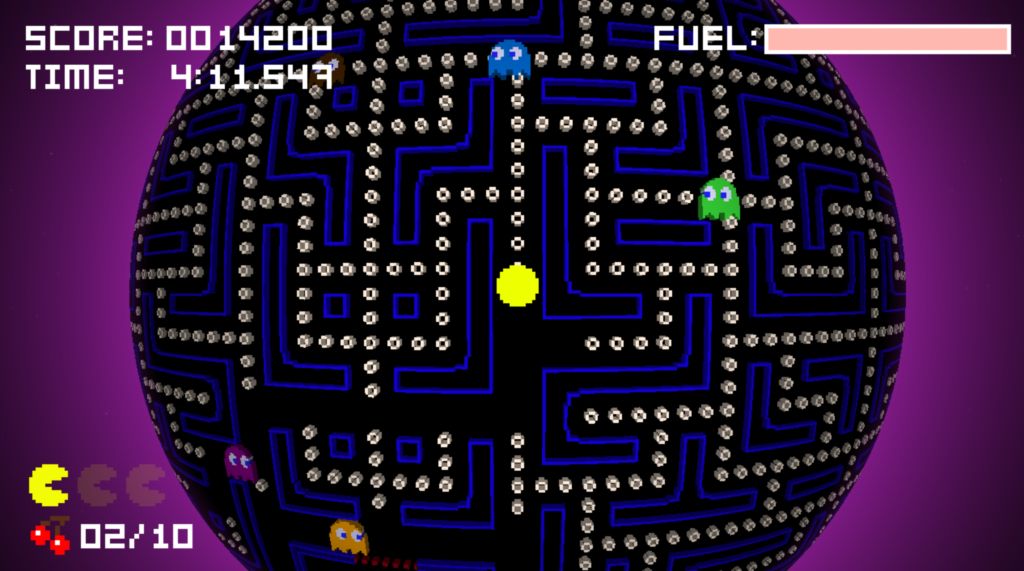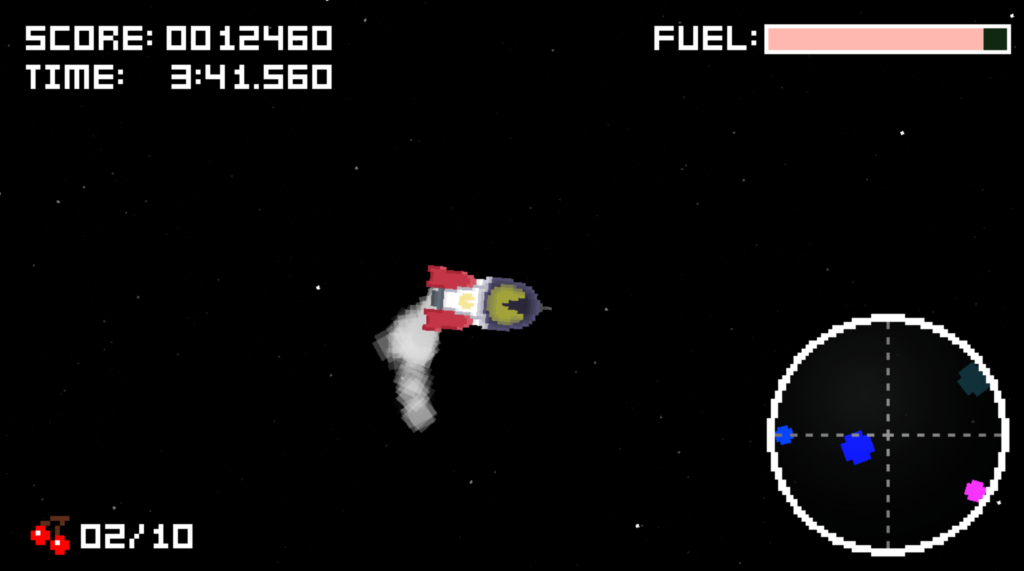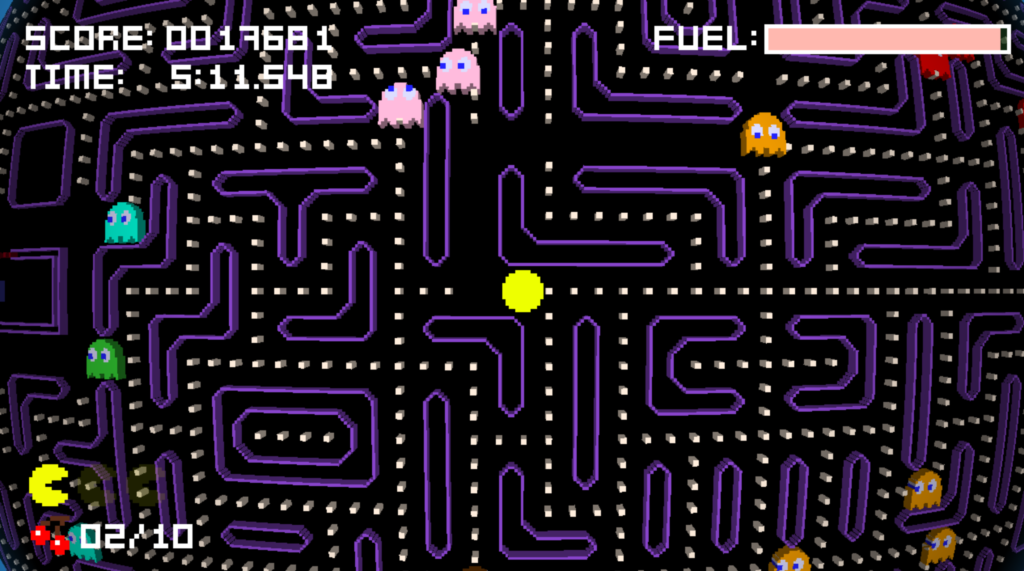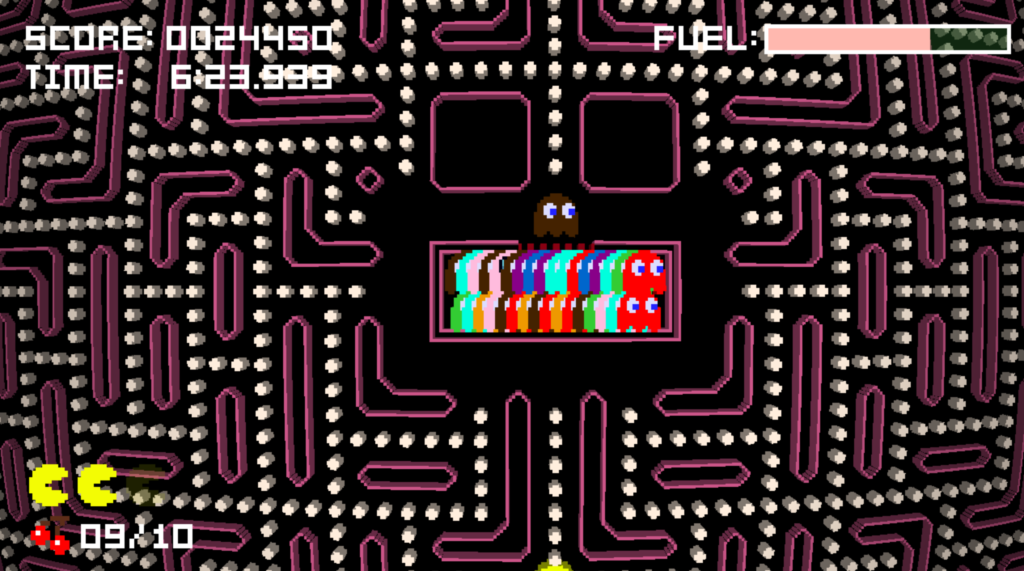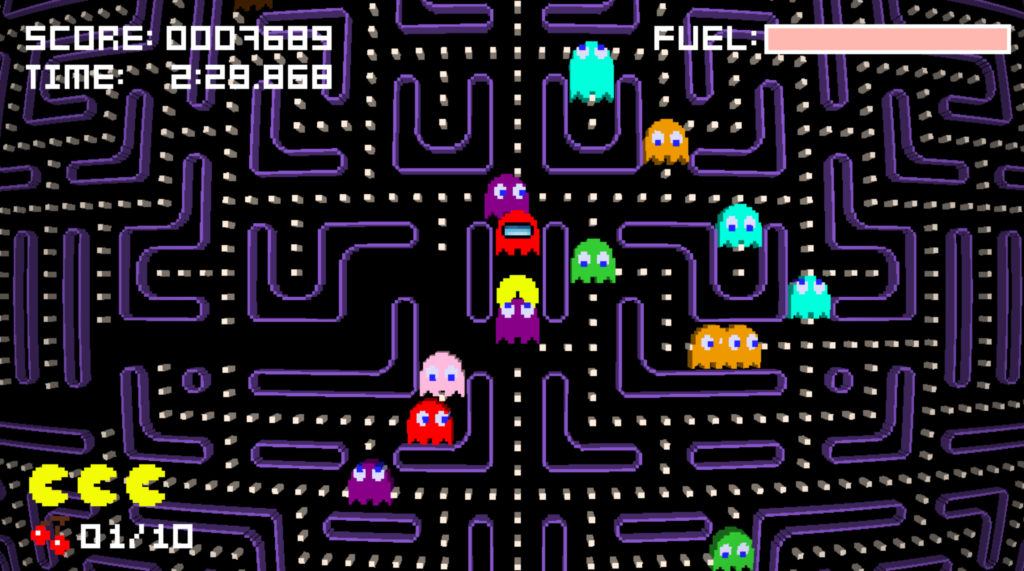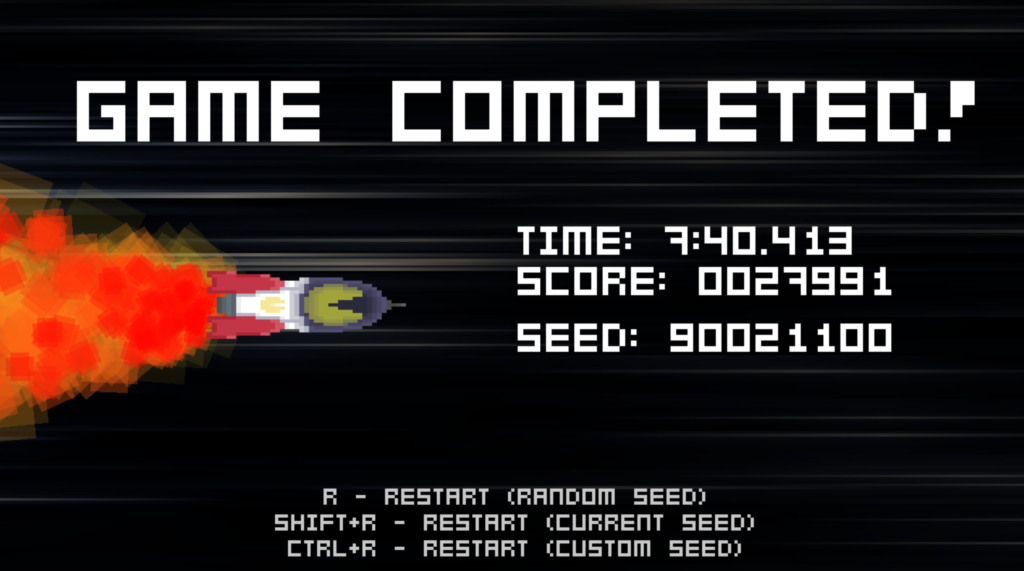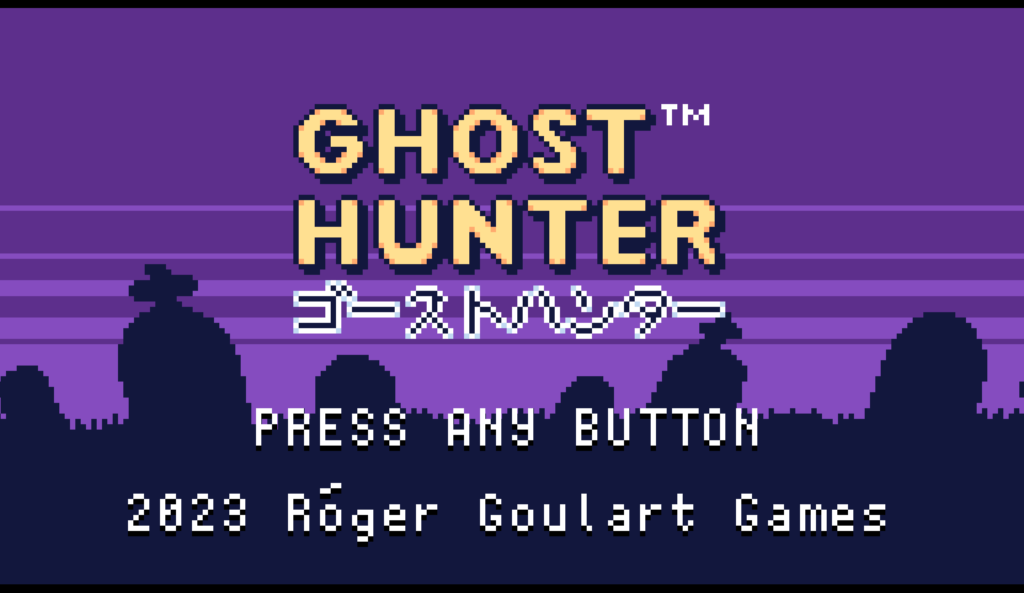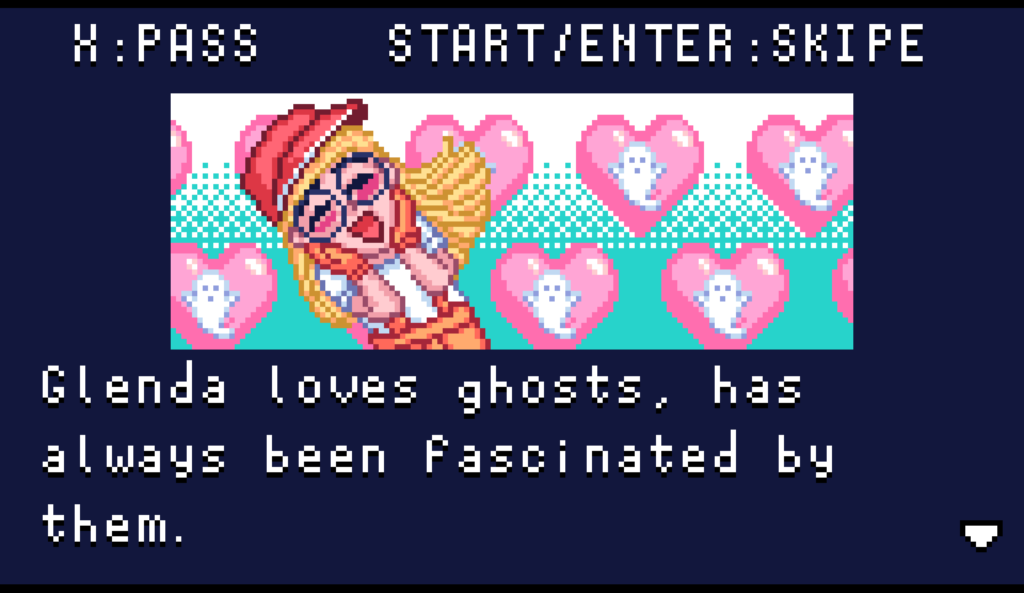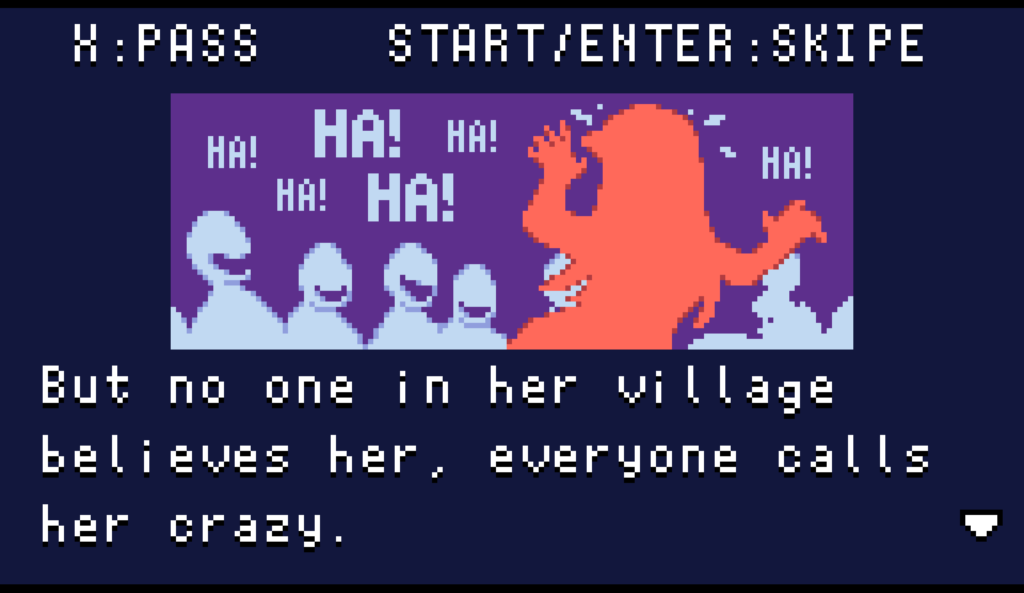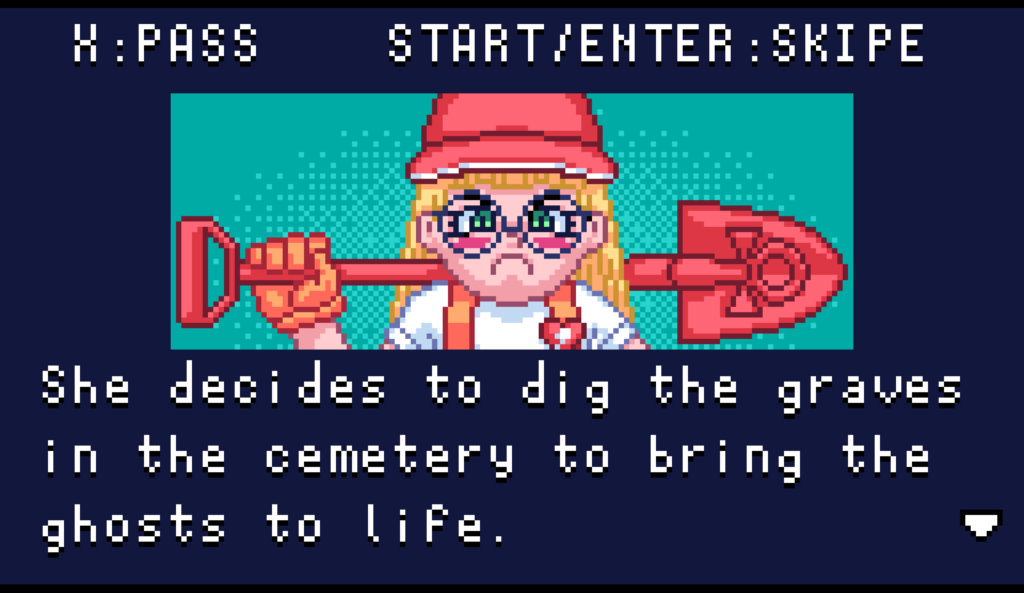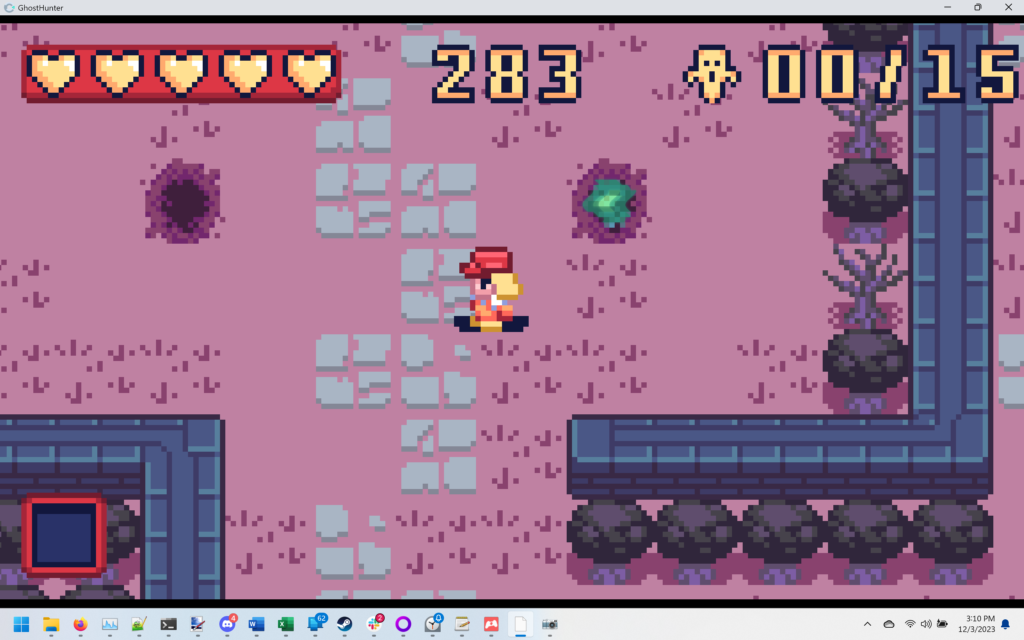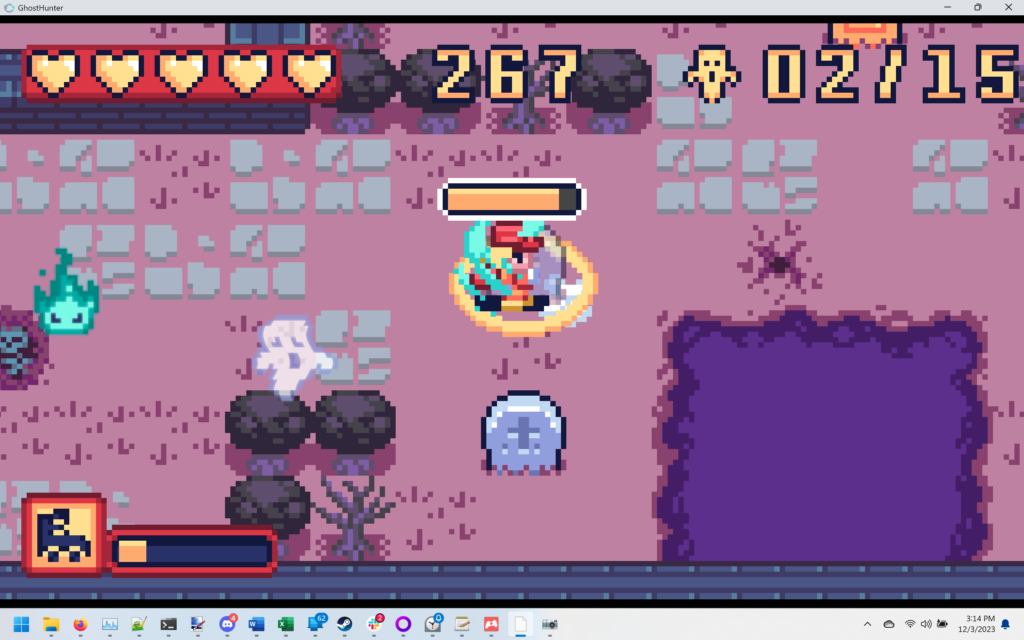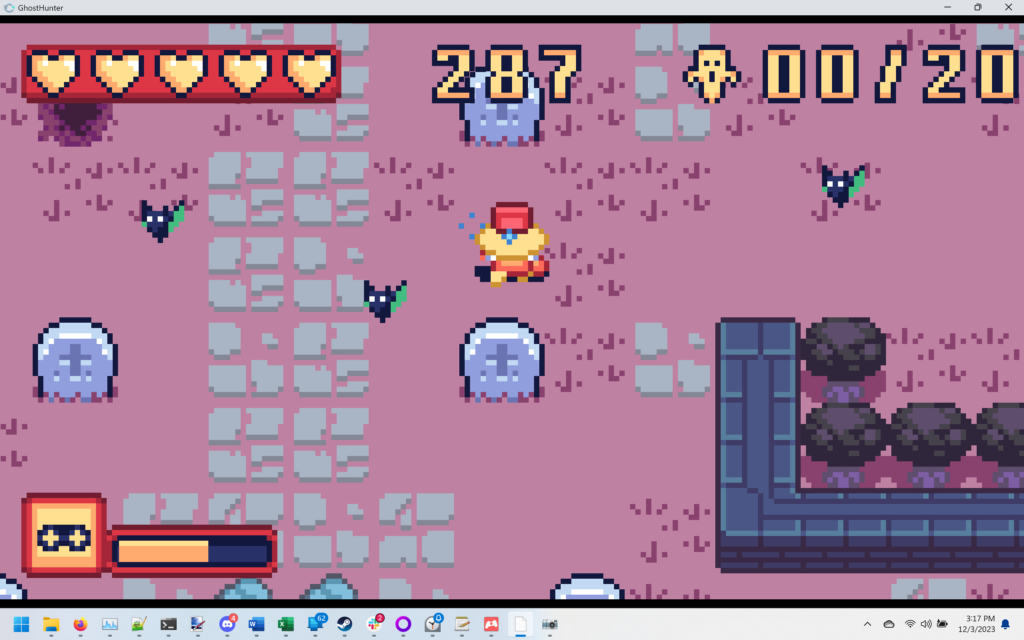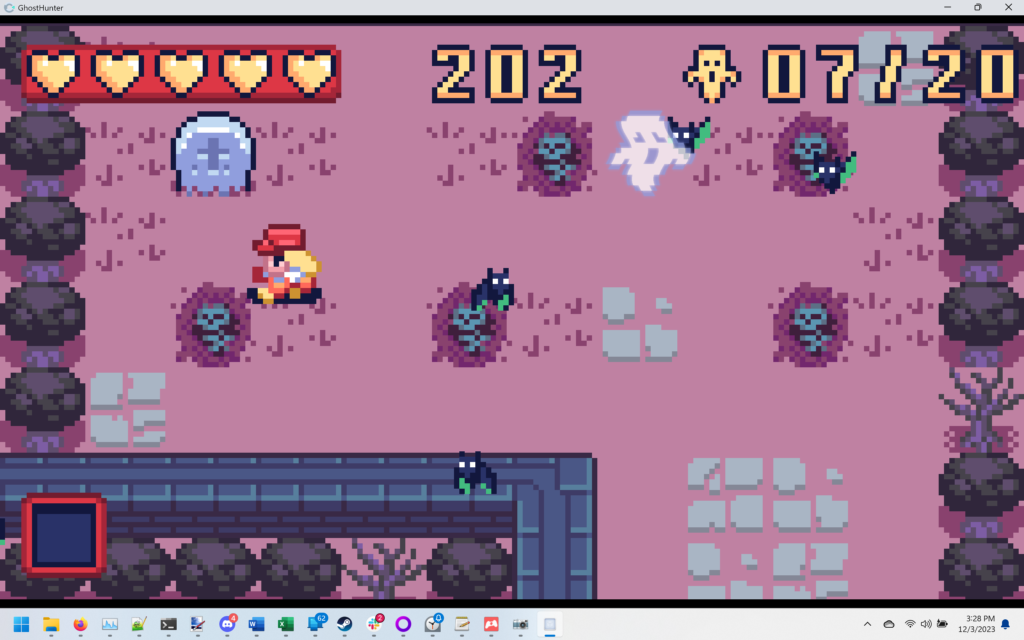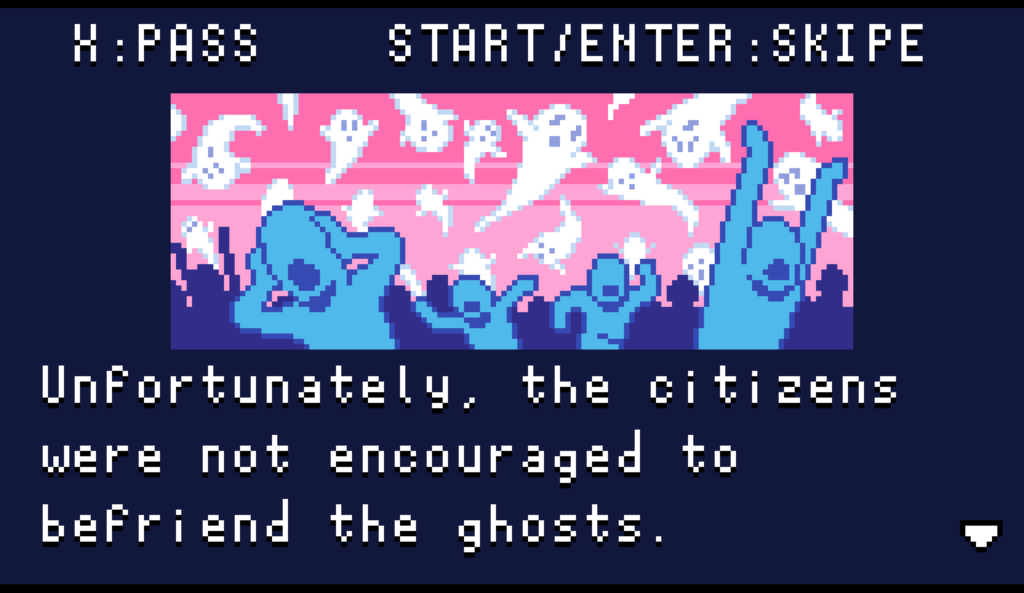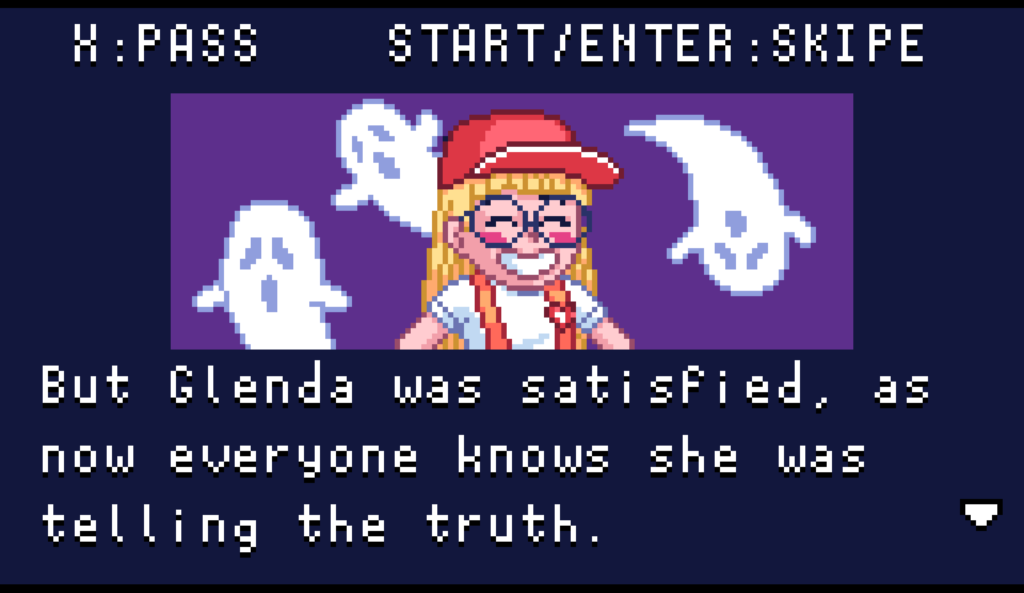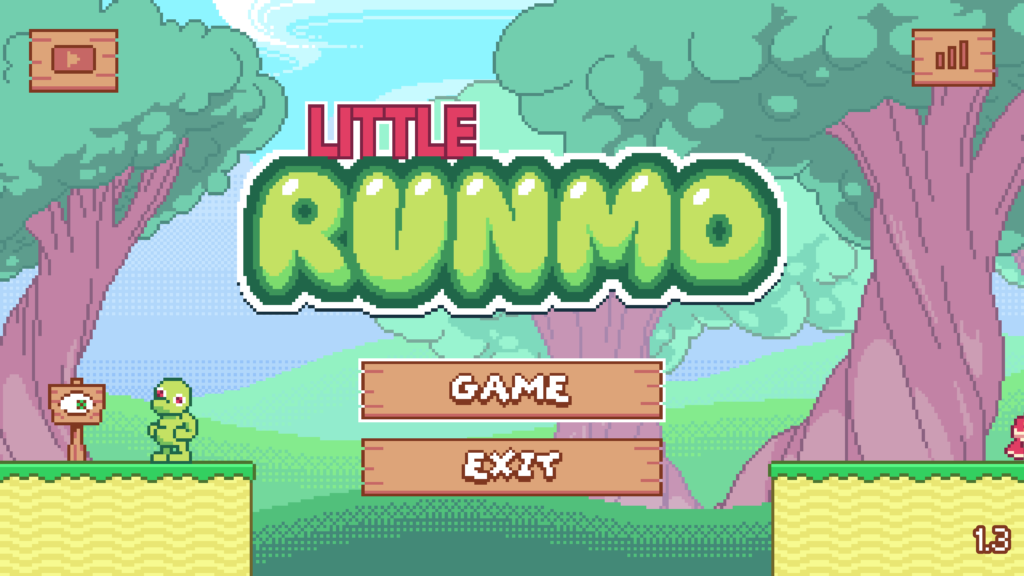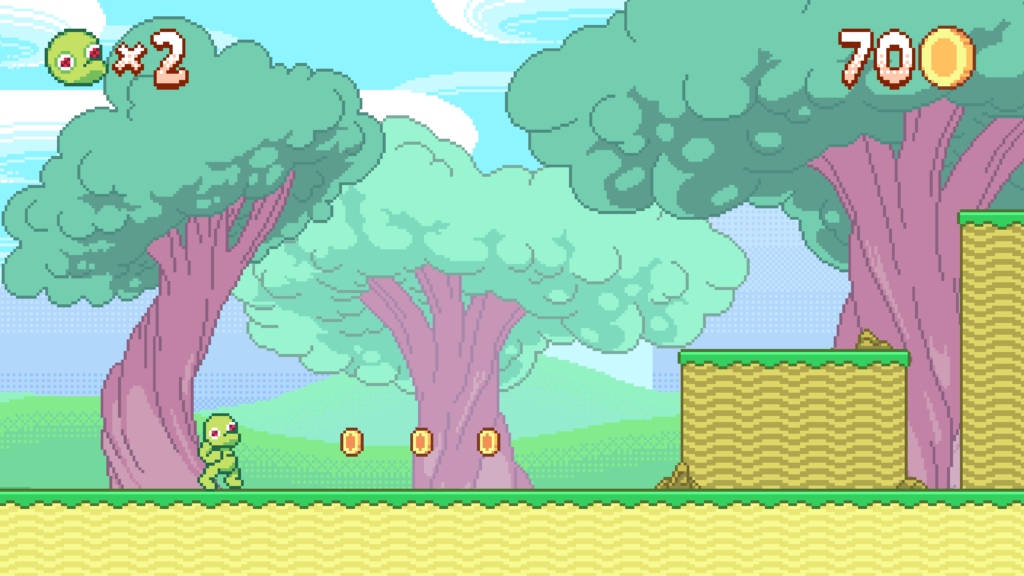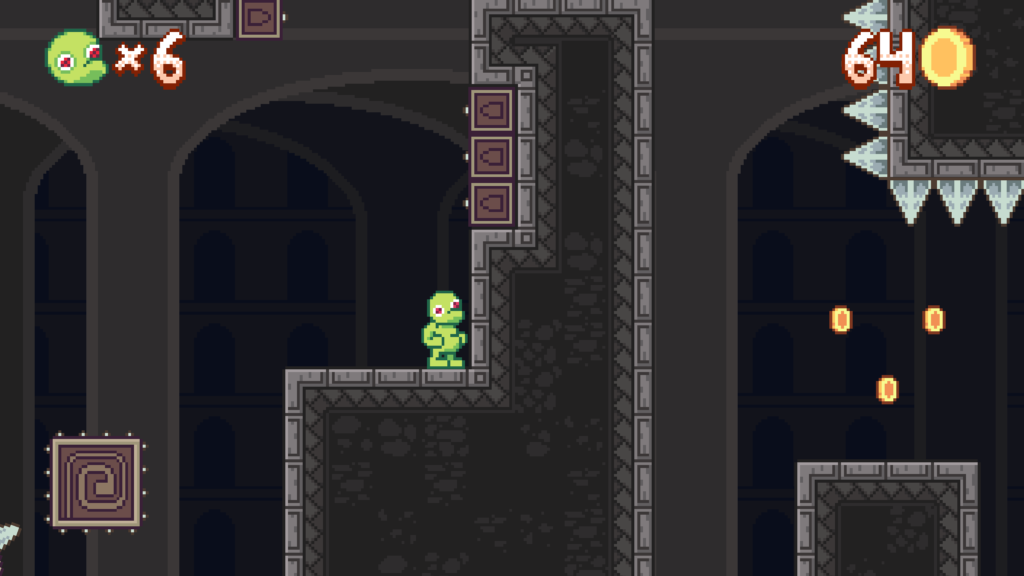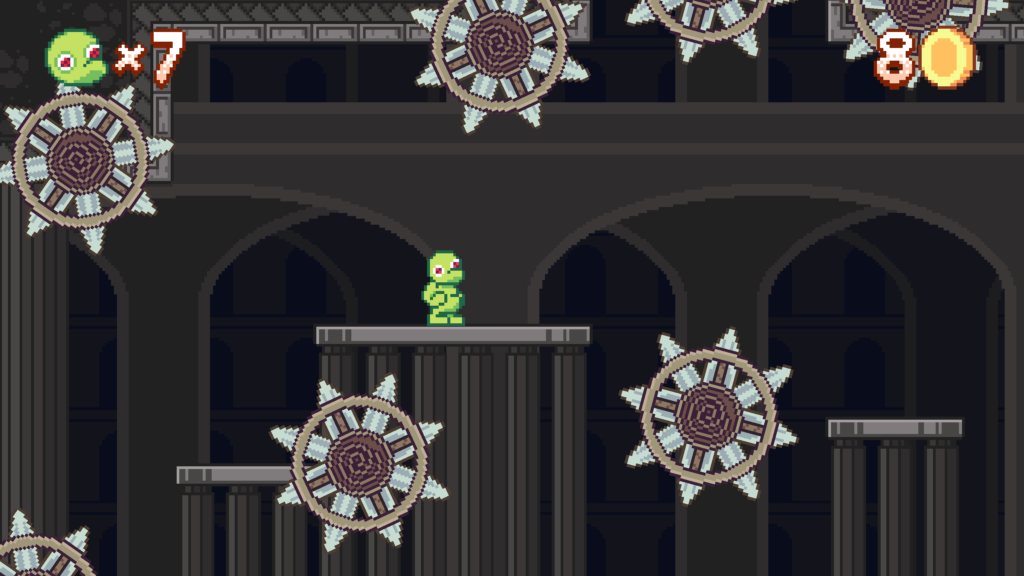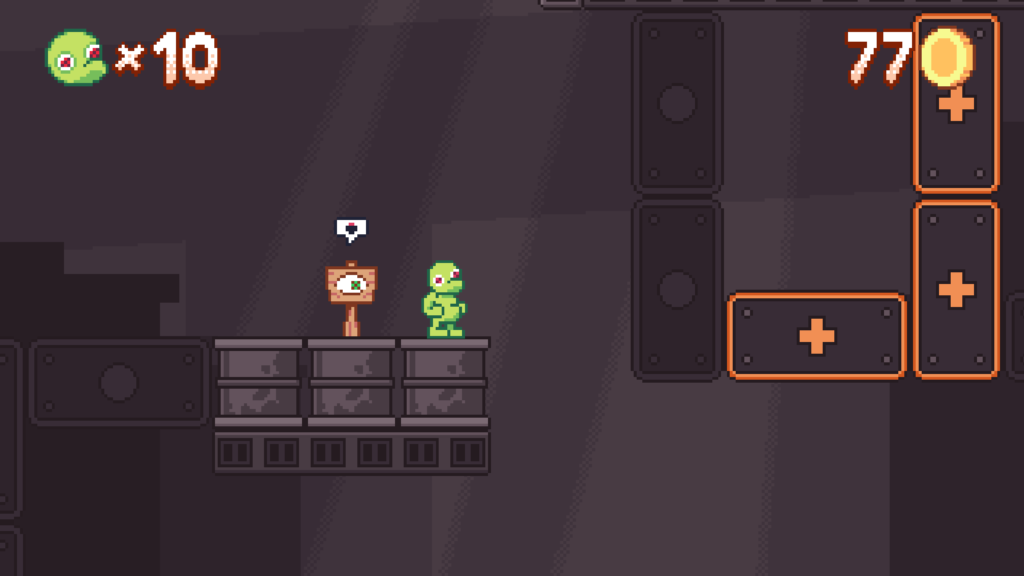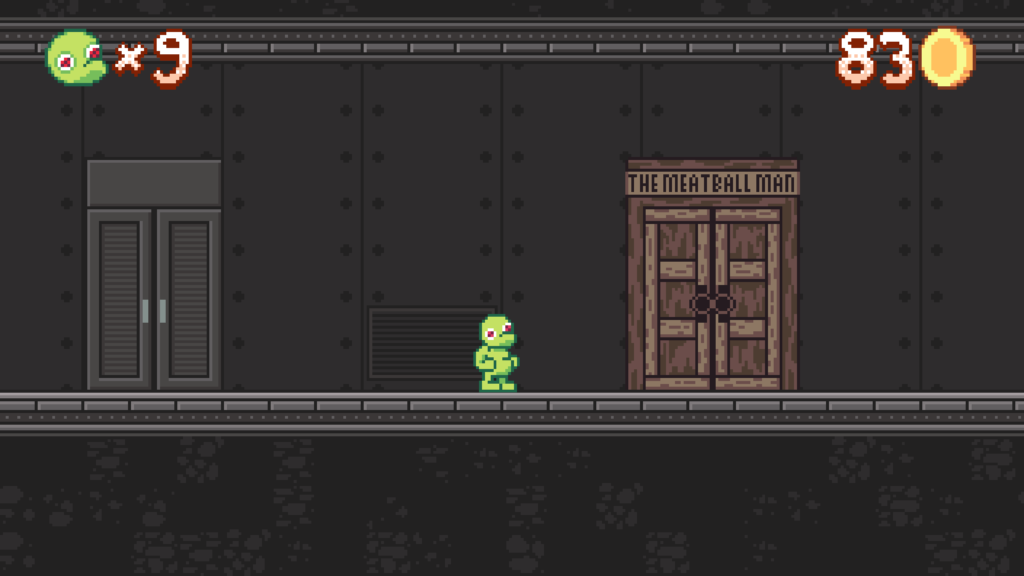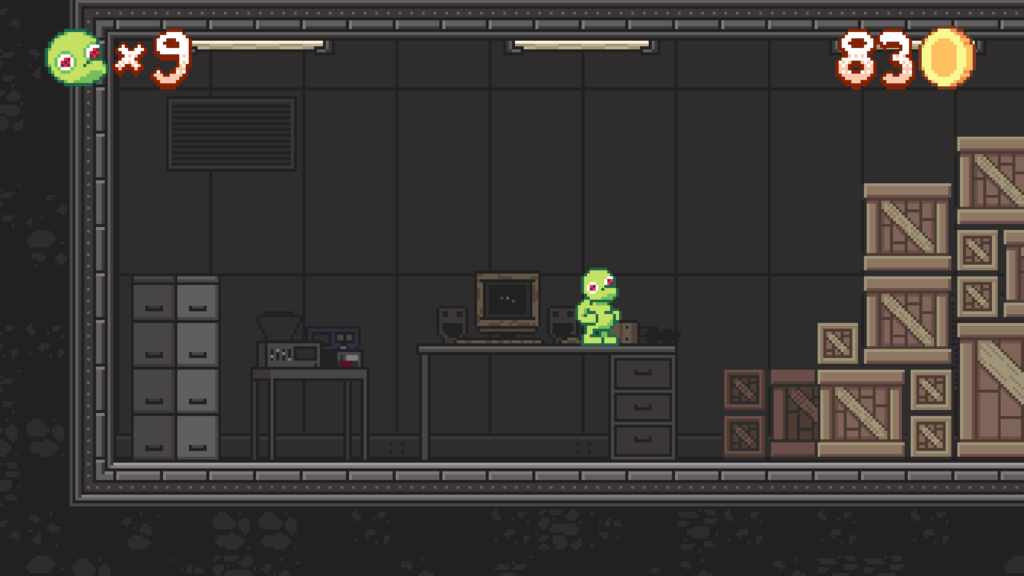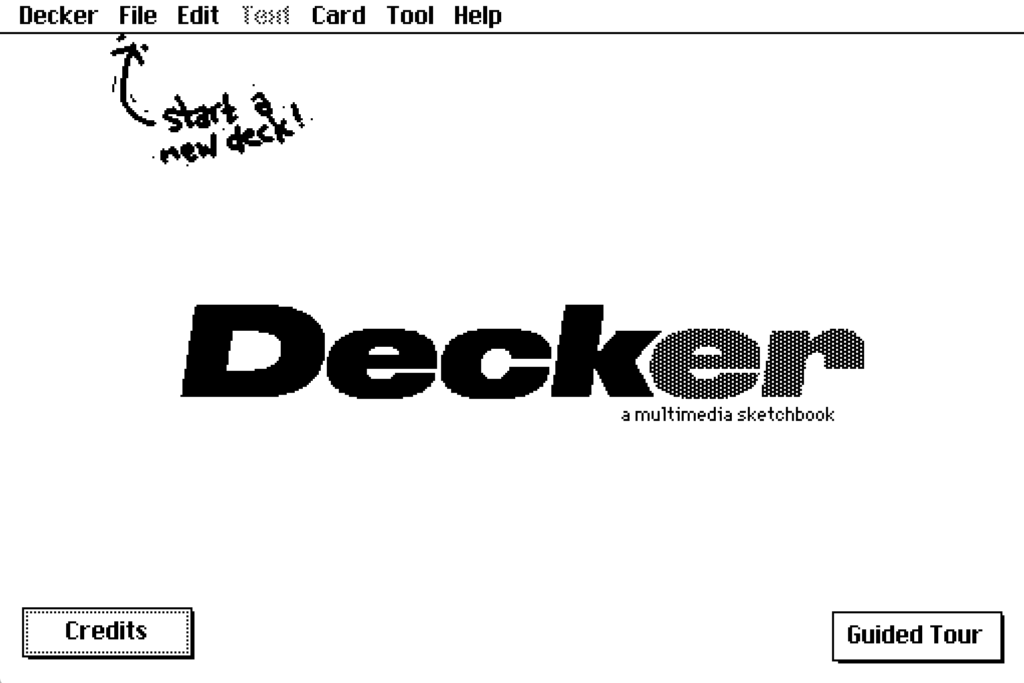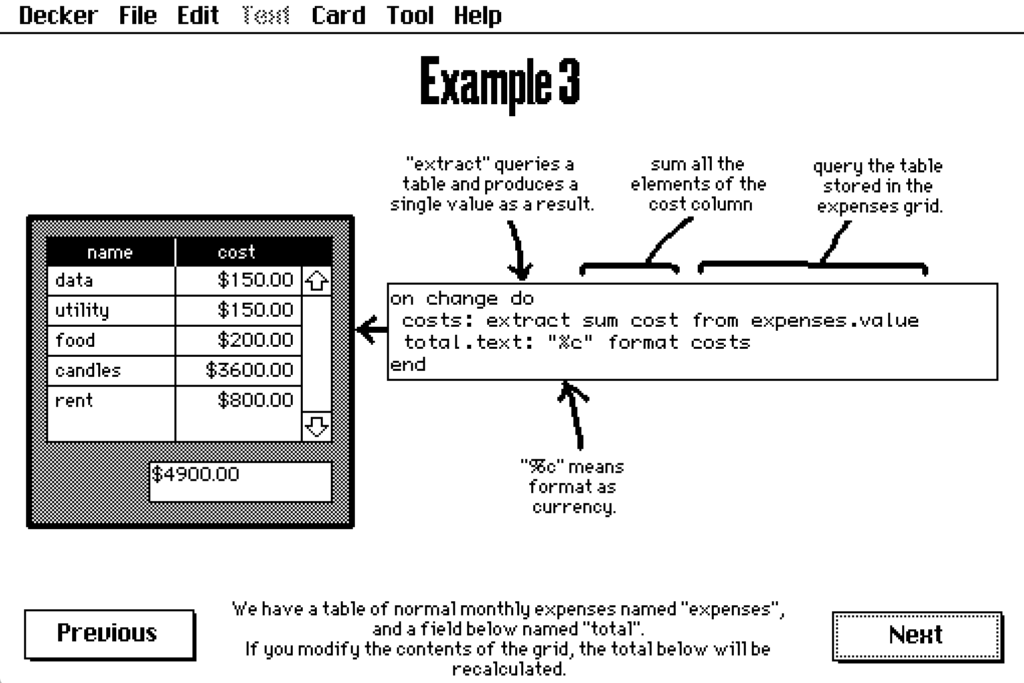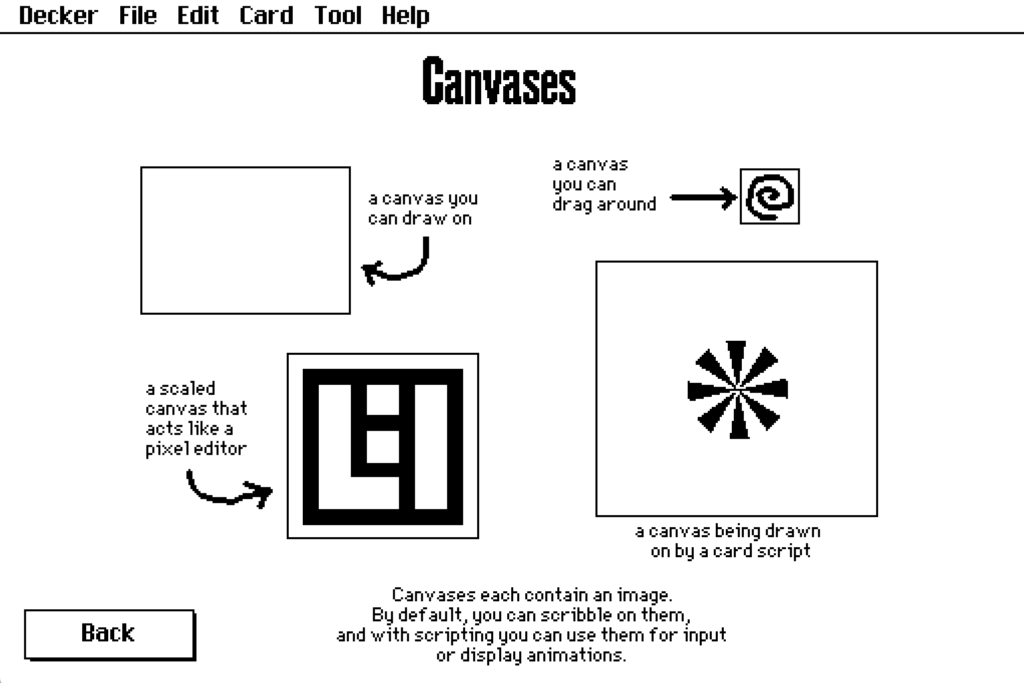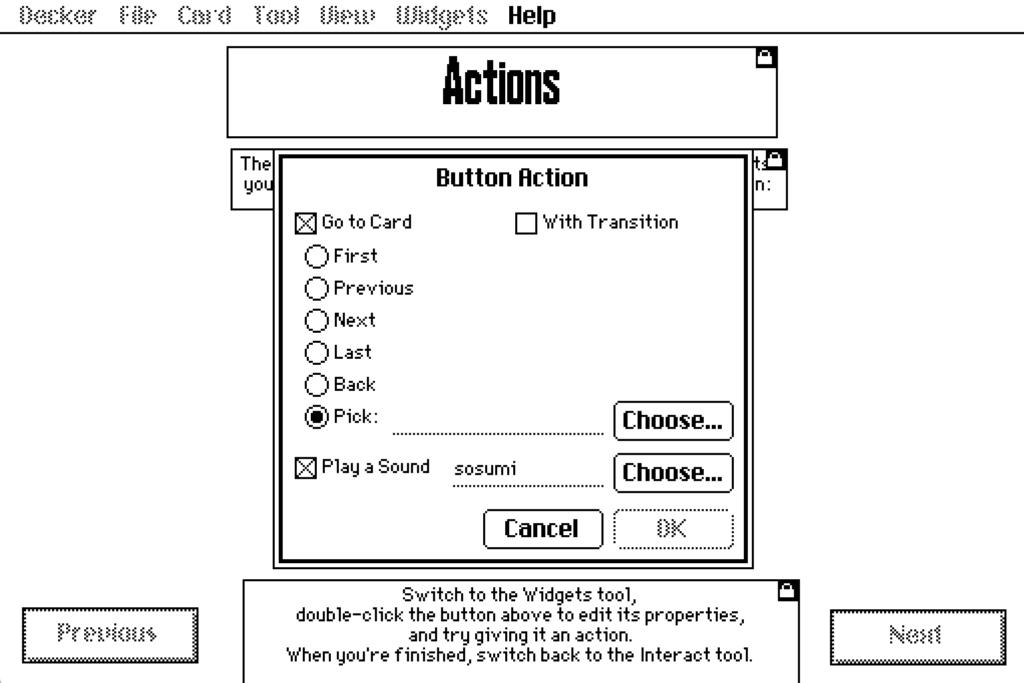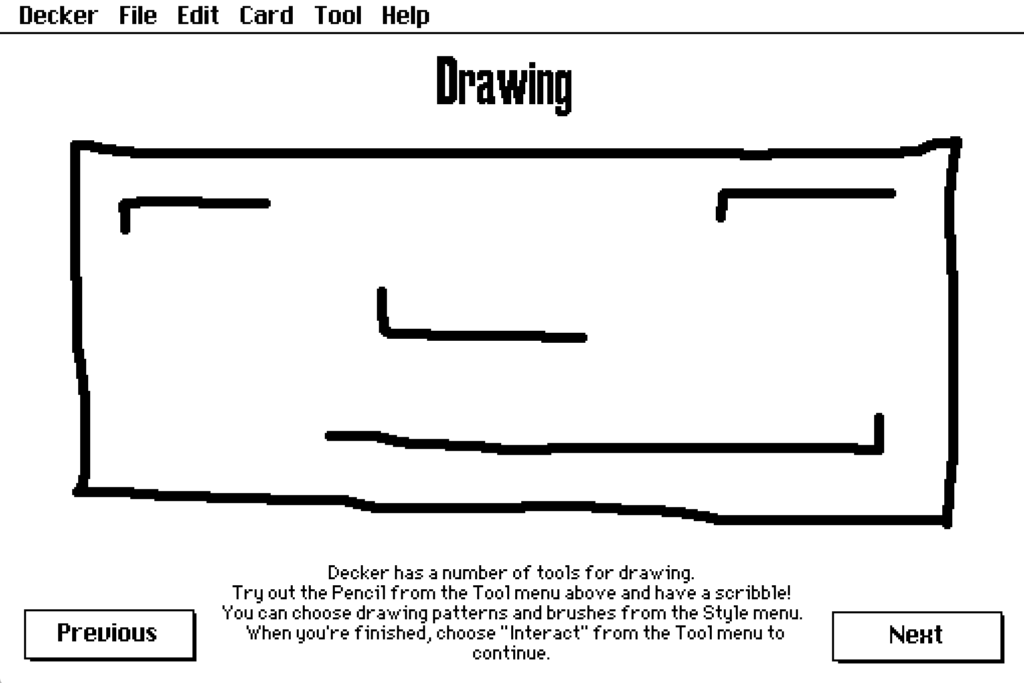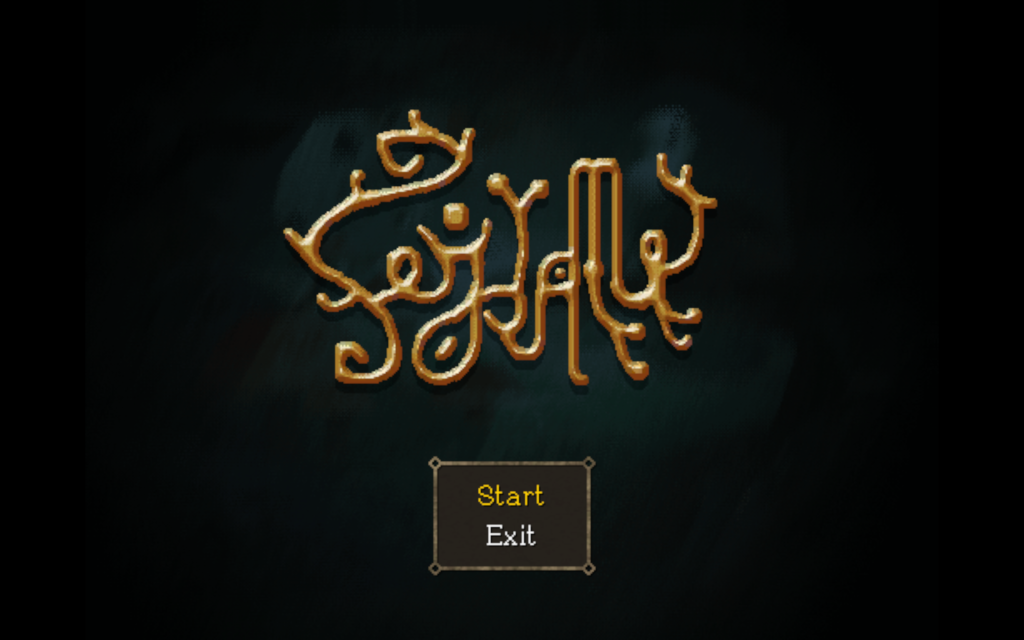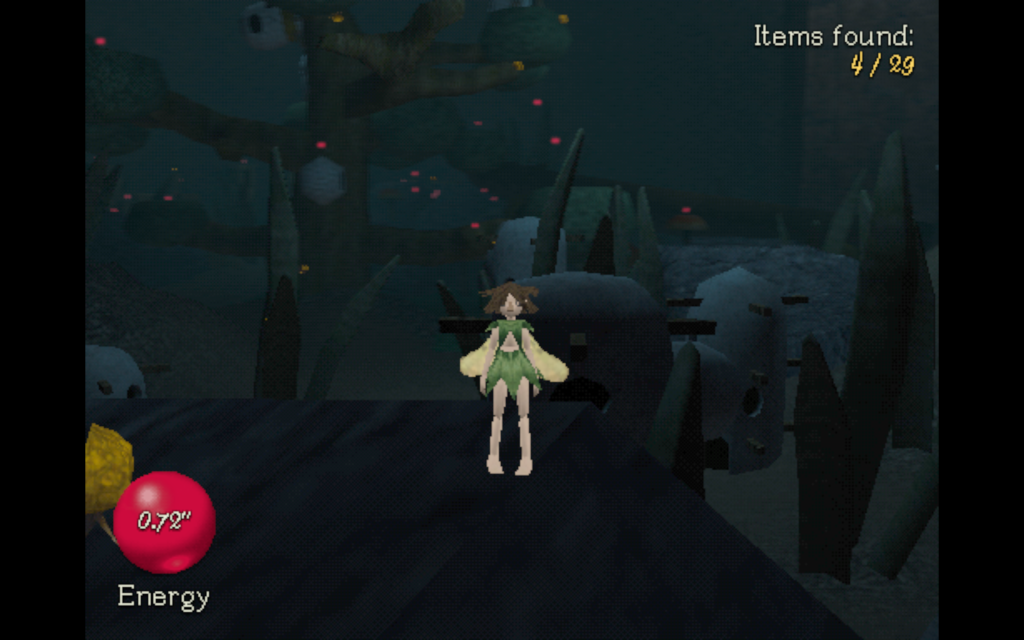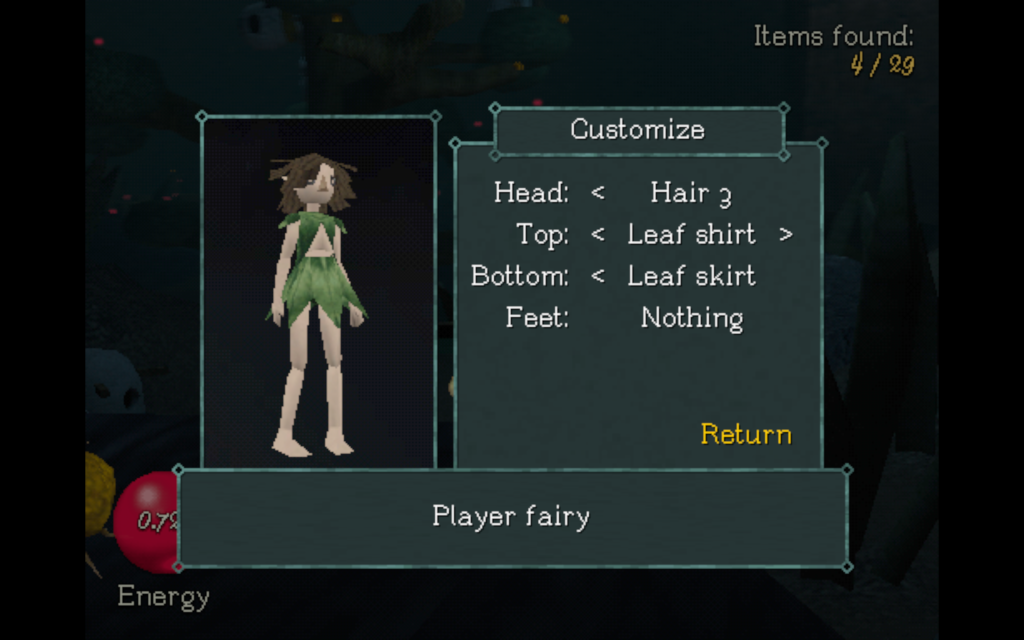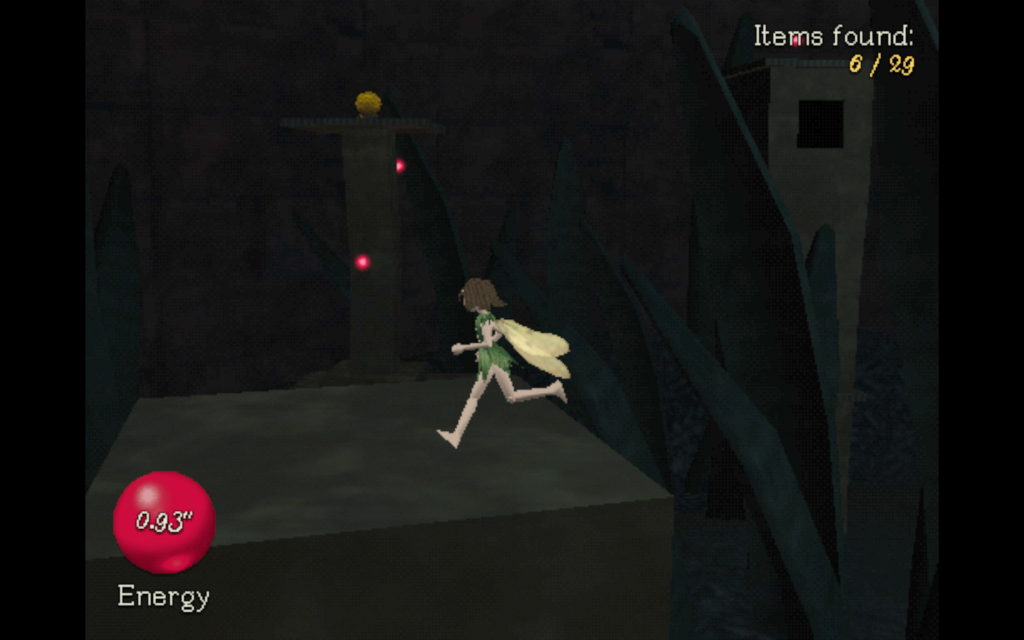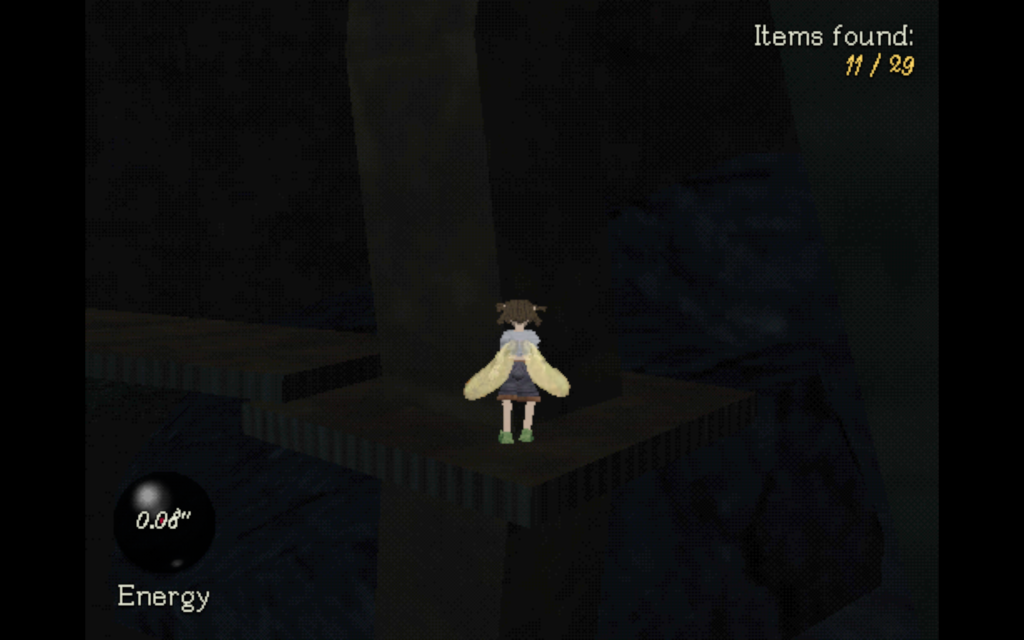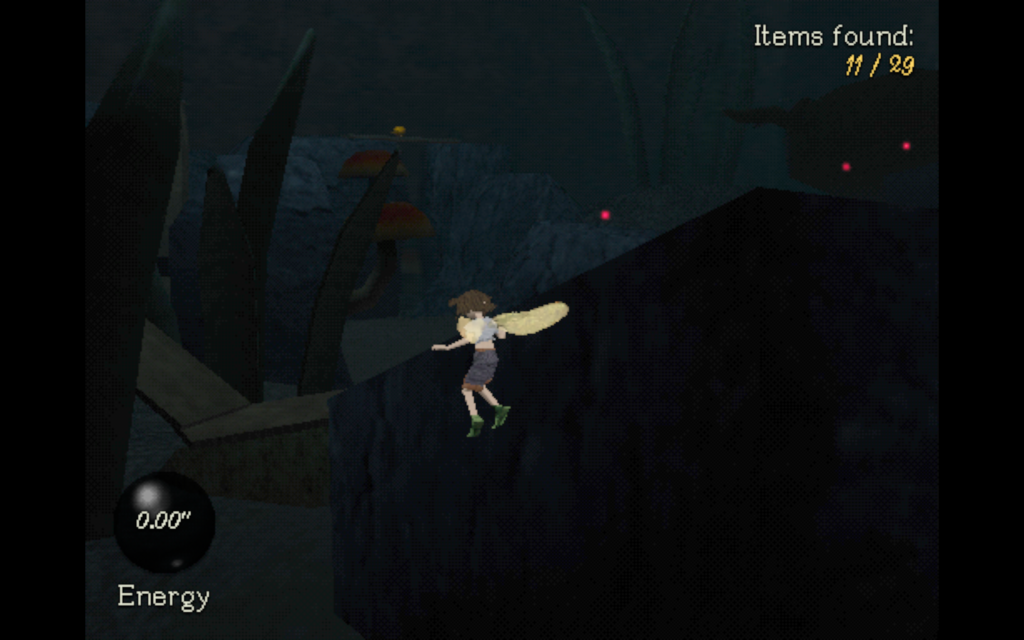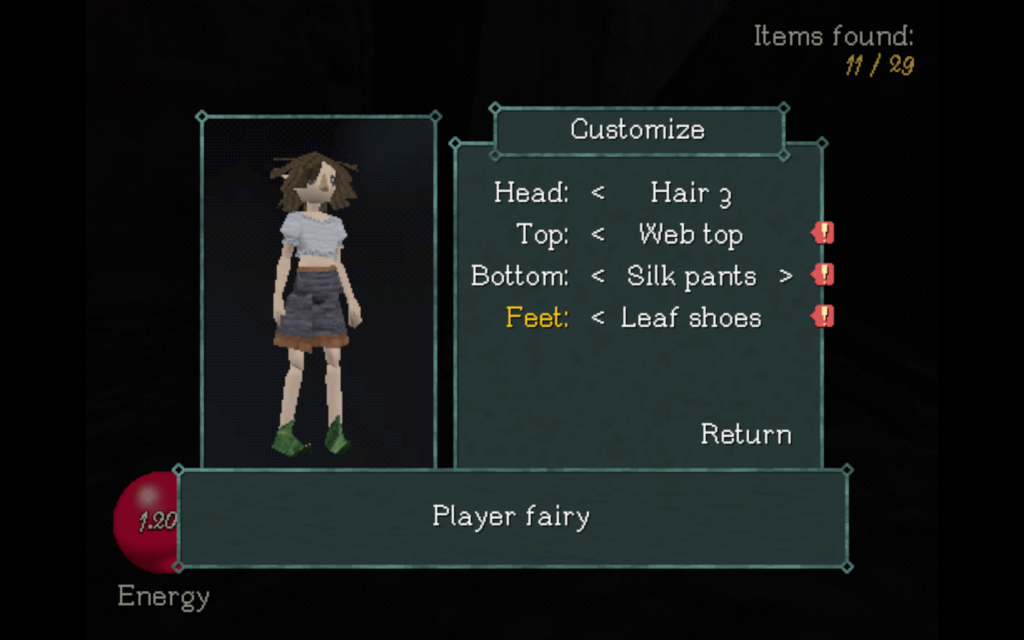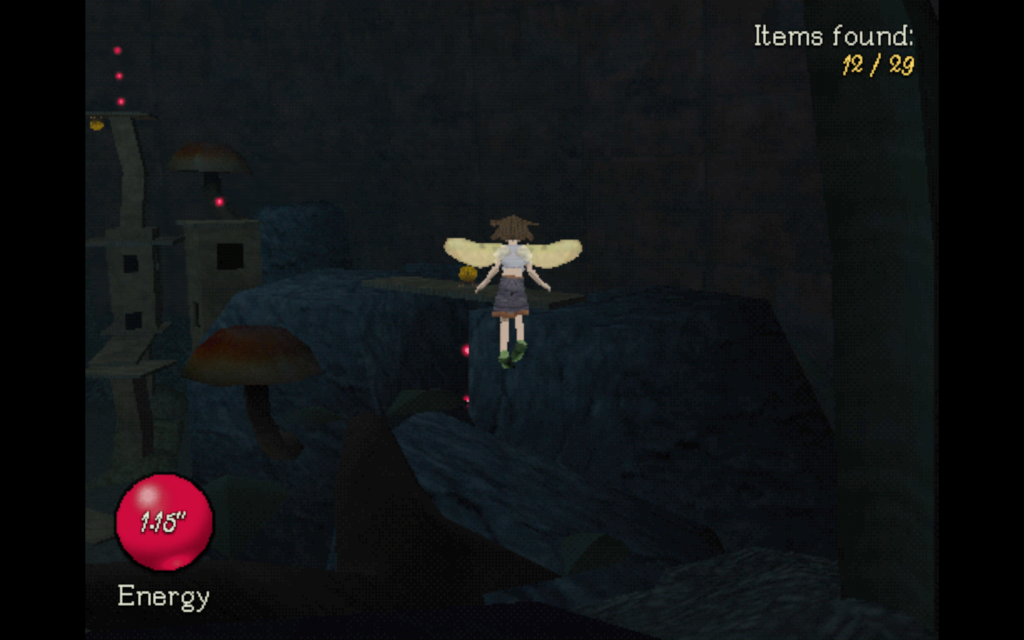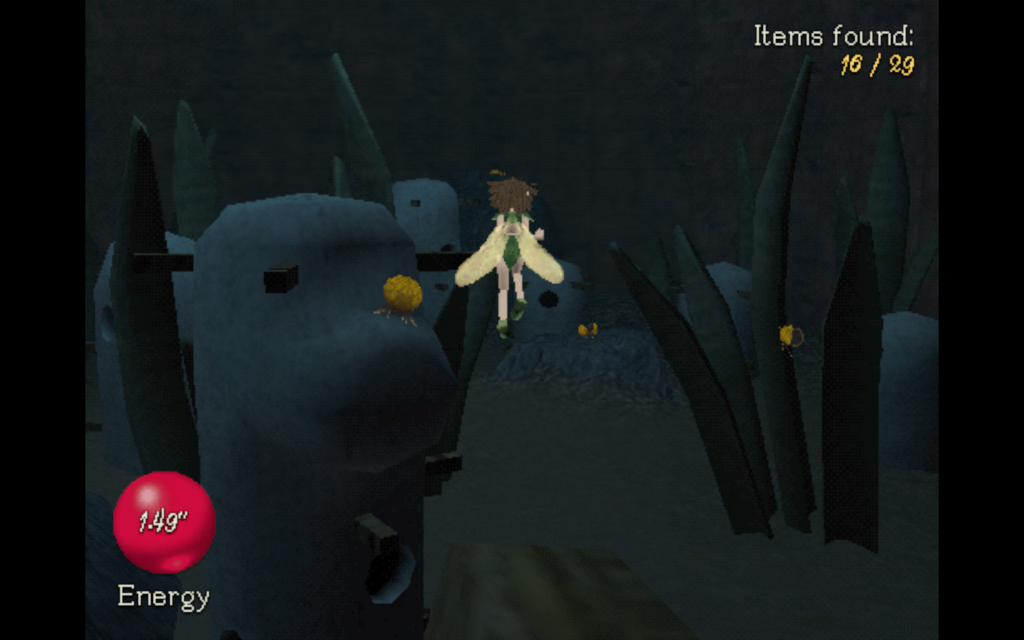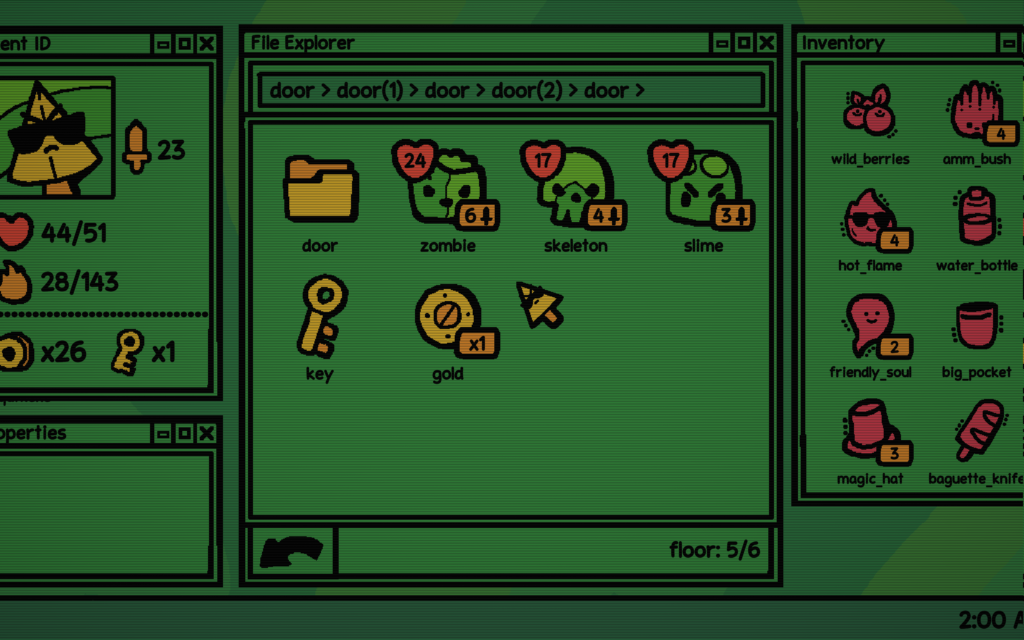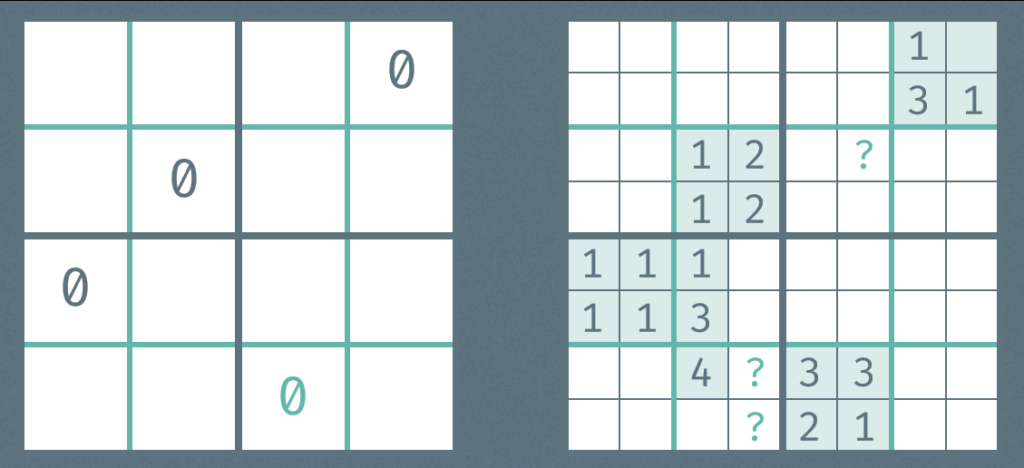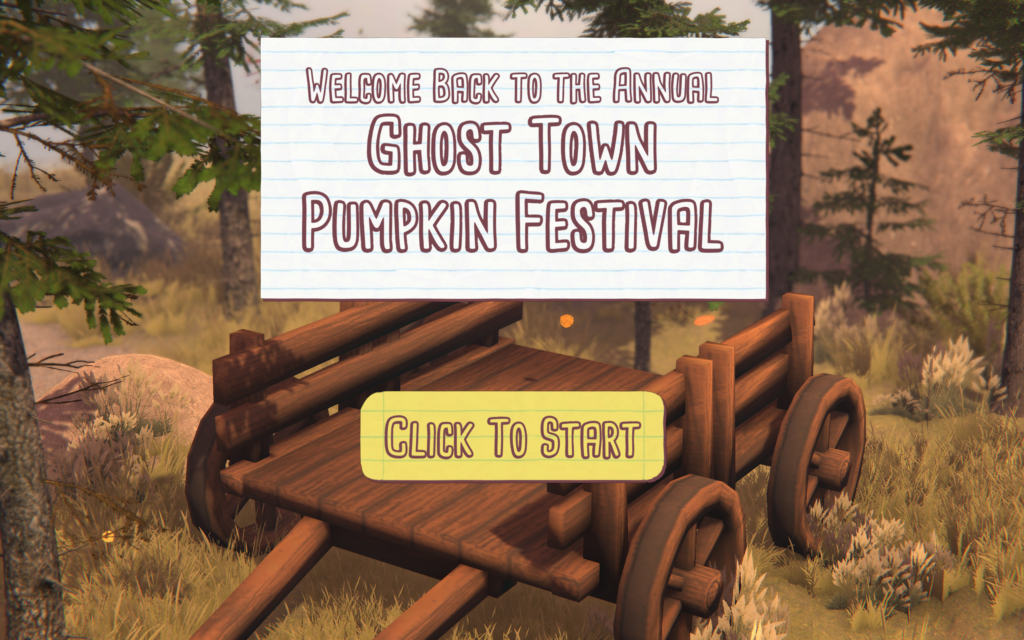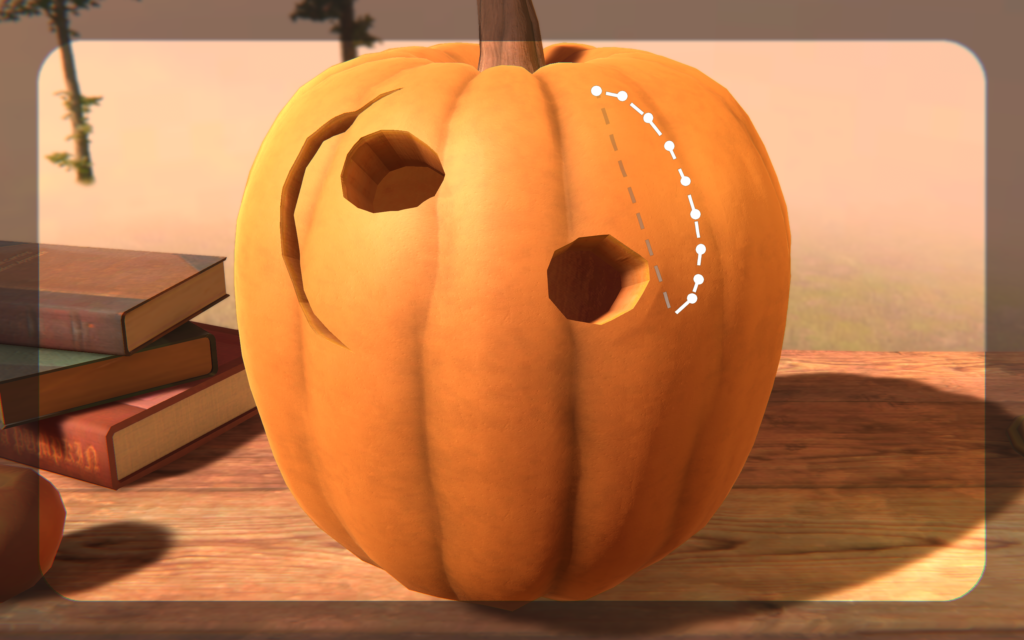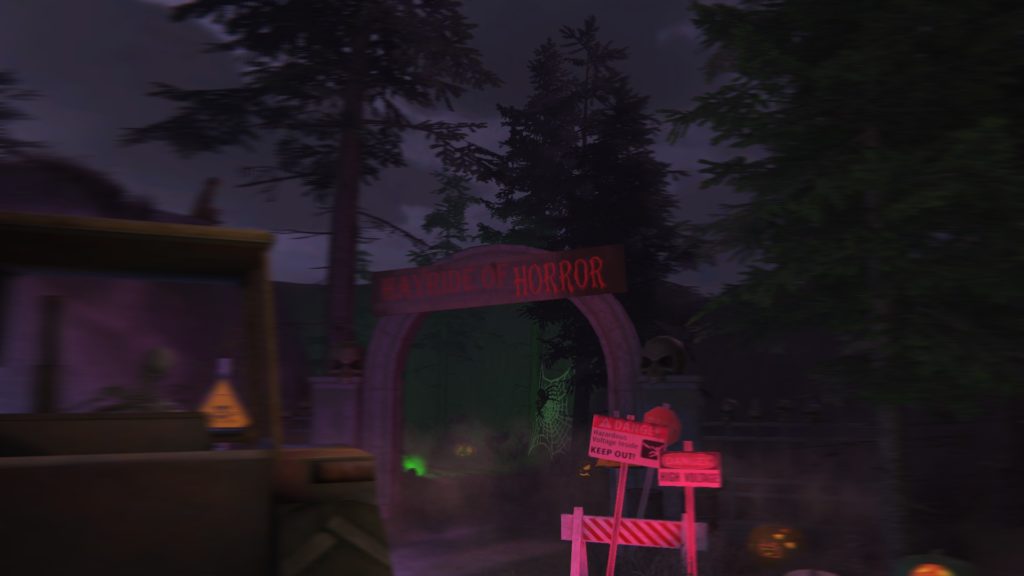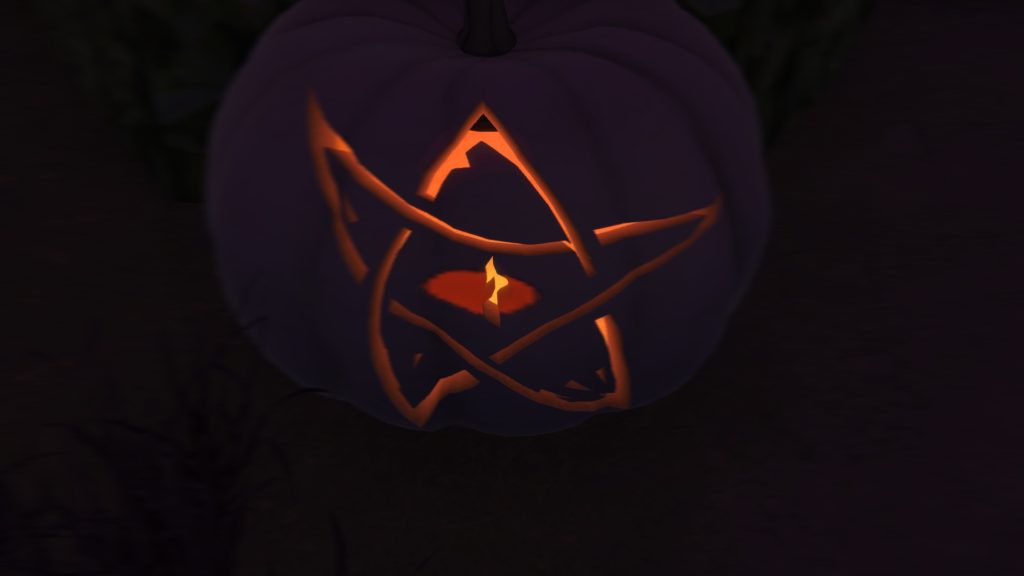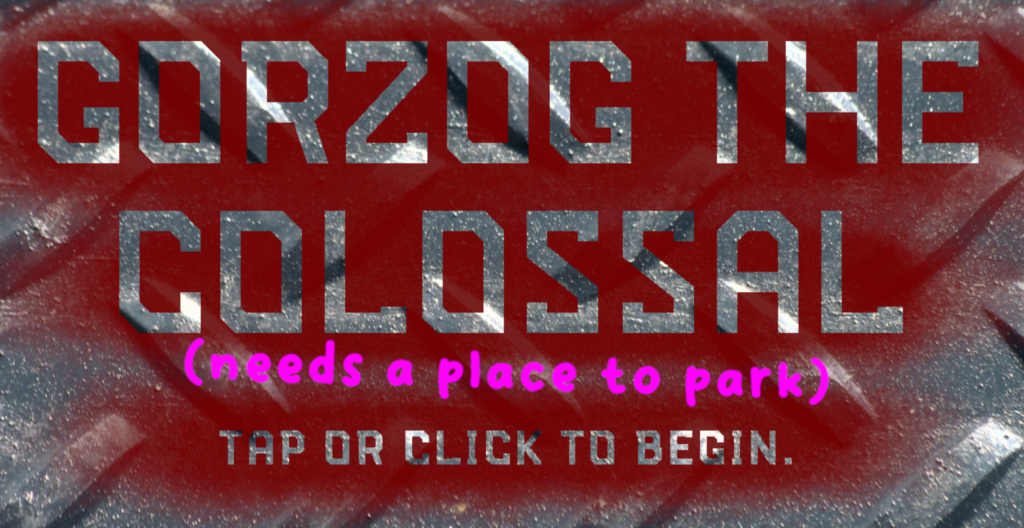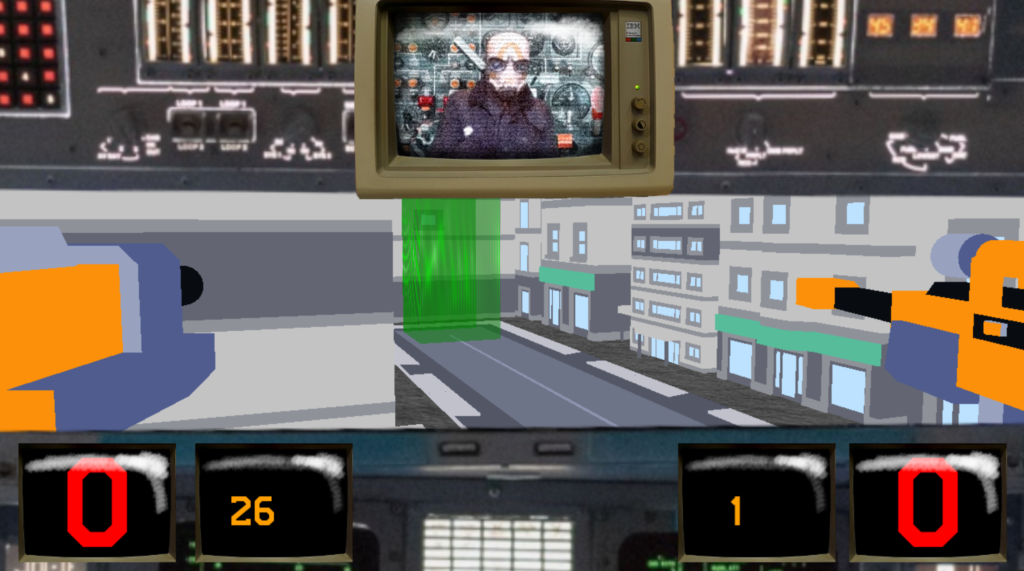Hempuli is the brilliant creator of the rule-breaking-and-making puzzle game Baba Is You. That is not the subject of this post, but I couldn’t recommend it more highly.
No, the post’s subject is a series of things they’ve made since. Yes, I said things. I said it and I meant it!
They’re all: (free|wonderful|insane|playable in browser|available on itch.io). There’s twenty-three of them, and they’re all ludicrous ruminations on the idea of Sokoban. We’ve posted about Hempuli’s improbable series of Sokolikes before, but they keep making them, and so now there’s 23.
The basic rules are: there are blocks, and you can push them. If all the Xs on the level have blocks on them at the same time, the flag activates, but it stays active only while every X is occupied. If the flag is active, you can step on it to complete the puzzle.
But there are also buttons. If all the buttons of a given color have boxes (or players) on them at the same time, then certain gates in the puzzle open. Some puzzles have water. Don’t step in that. Boxes will usually float on top of water though.
In (nearly) all the puzzles, the arrow keys move your little Sokoperson, the R key resets the current puzzle, and the Z key reverses your last move. Keep pressing Z to keep going back, until you reach the puzzle’s start state.
Those are the basic rules, but don’t be surprised if they’re upturned in some of these games. Hempuli is diabolical, and sometimes the basics don’t apply, or are turned on their head in unexpected ways.
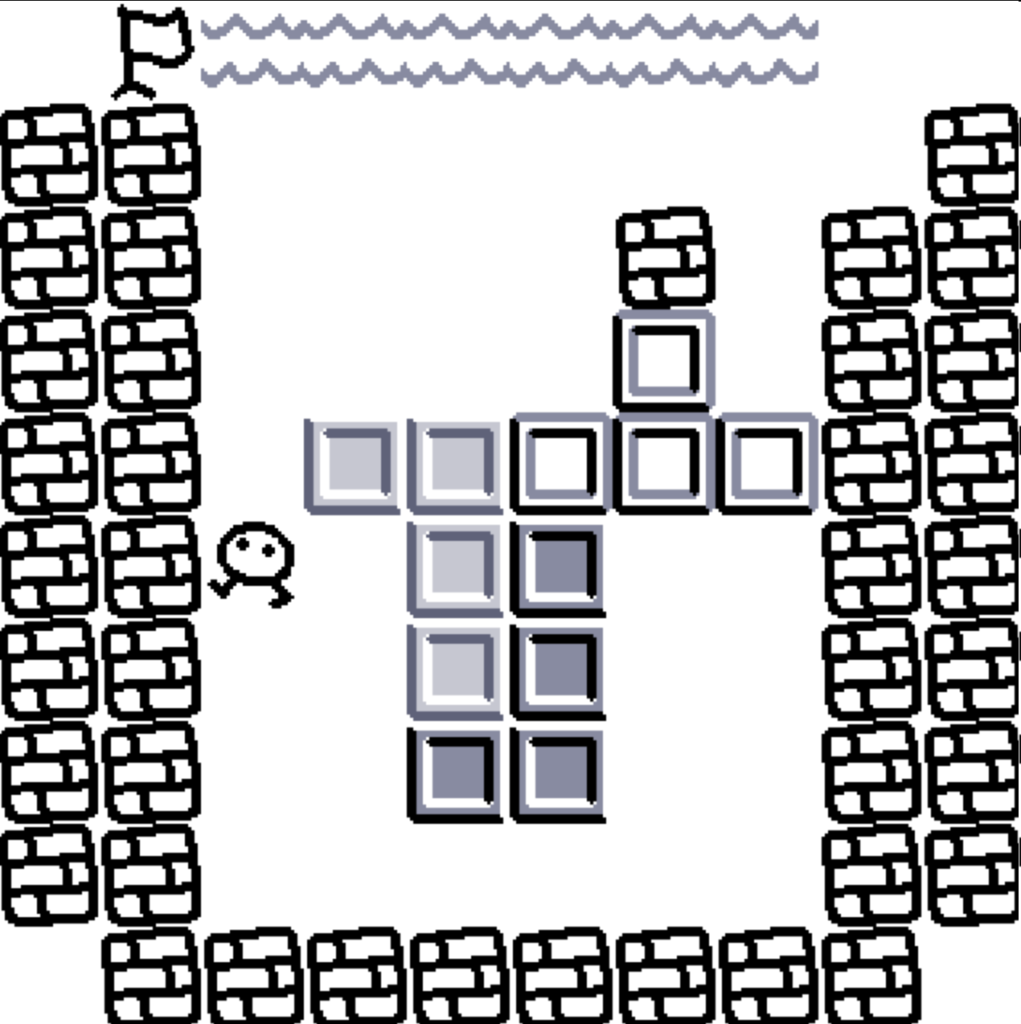
In Mountris, some of the blocks you push are Tetris shapes, that move as a single unit. Think carefully about the implications of that.
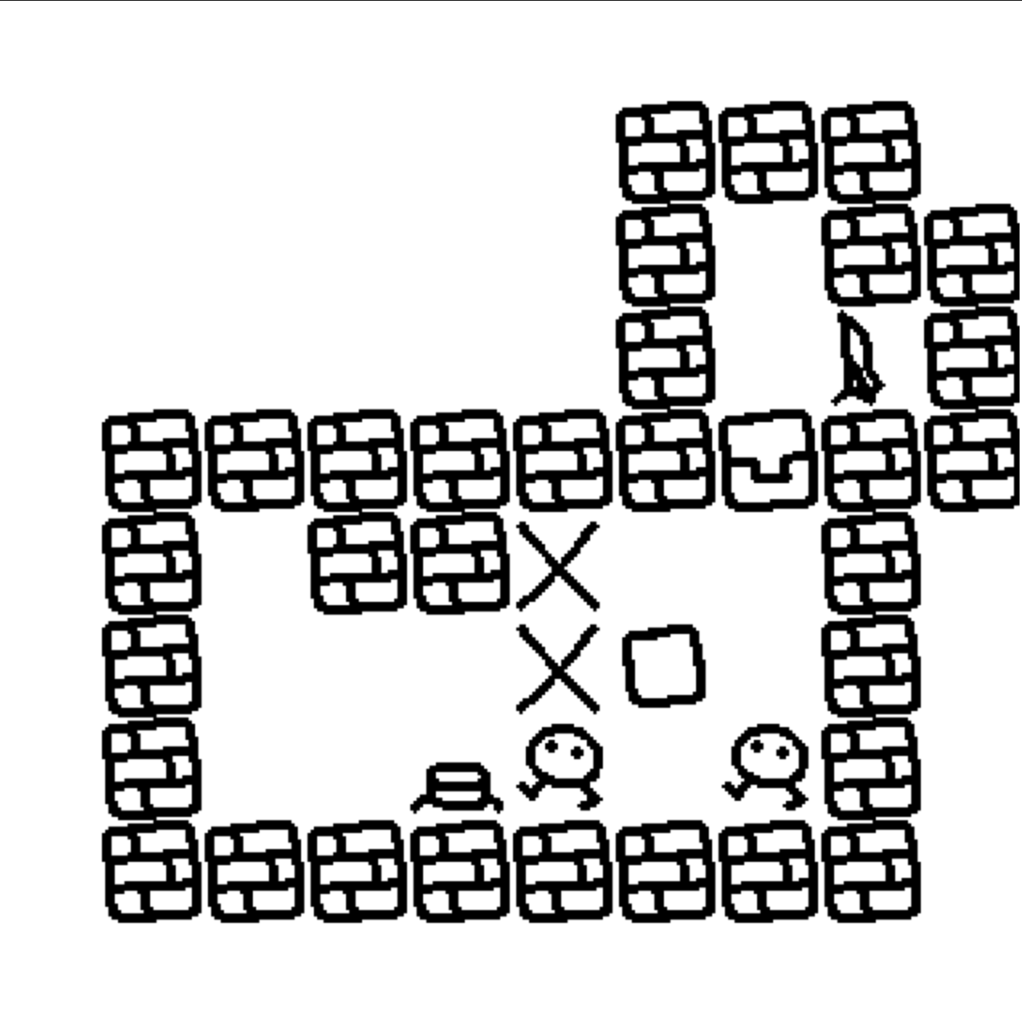
One interesting thing about these games generally is how they often break one of the central rules of Sokoban, that you can’t push two or more blocks at a time. In many of Hempuli’s variants you can, but in some of them you can only do it in certain circumstances.
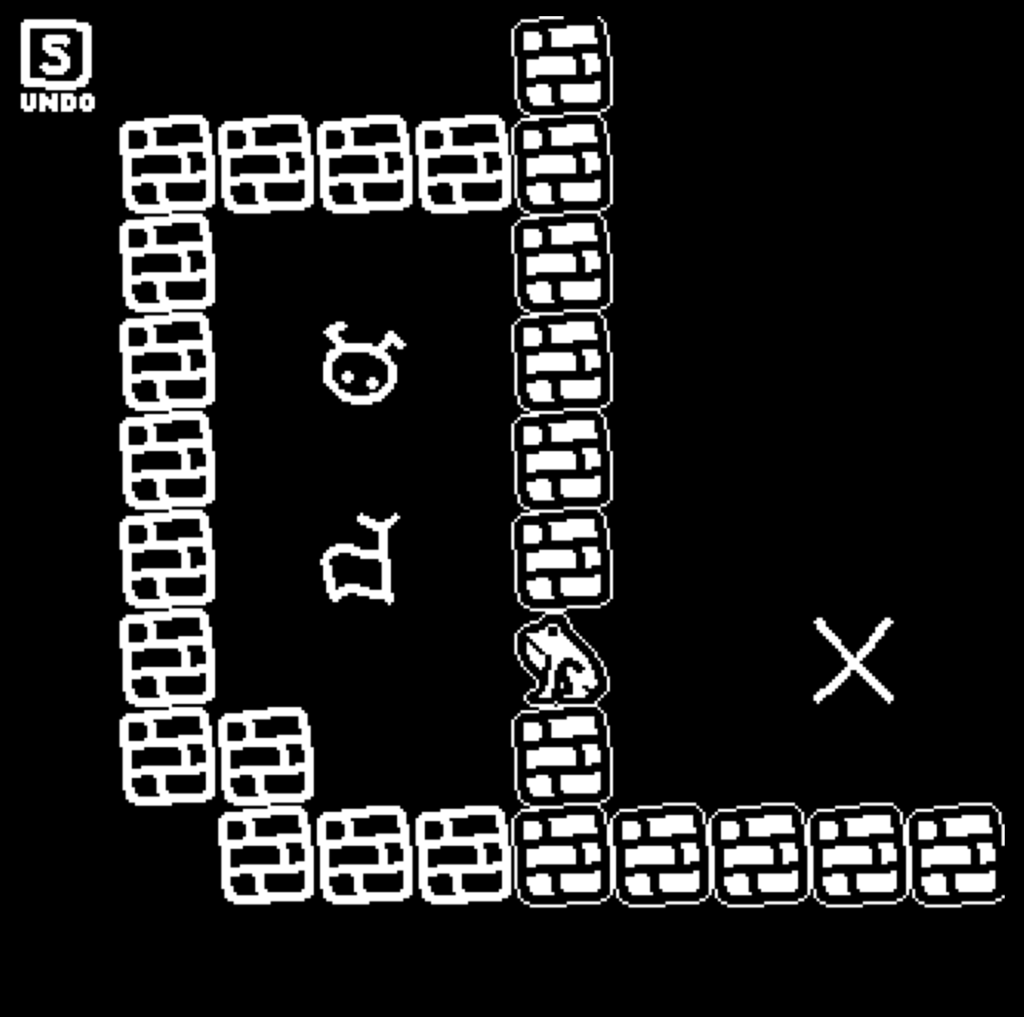
As I review these games in order, I’m struck by how they keep getting stranger. Evidently the process of making Baba Is You disconnected some important limiter in Hempuli’s brain, and so now they’ve become a portal, spewing forth constant matter from the Elemental Plane of Puzzles. Weep for them… but also, enjoy the results of that, both now and almost certainly in the future.

